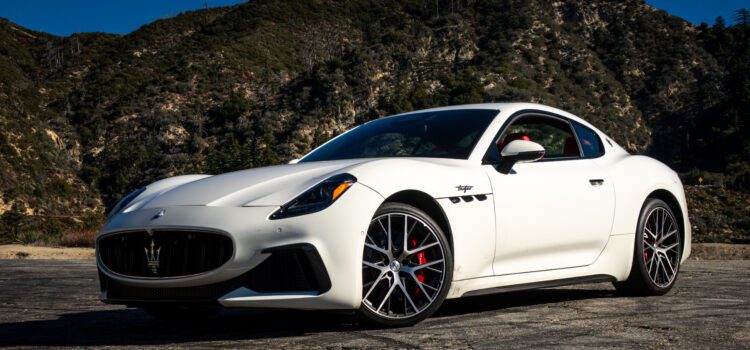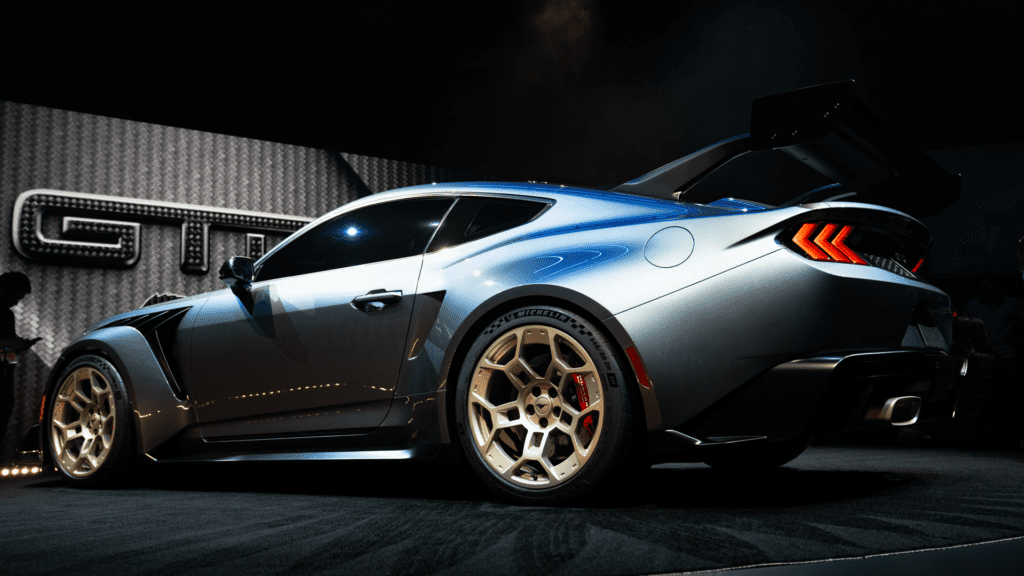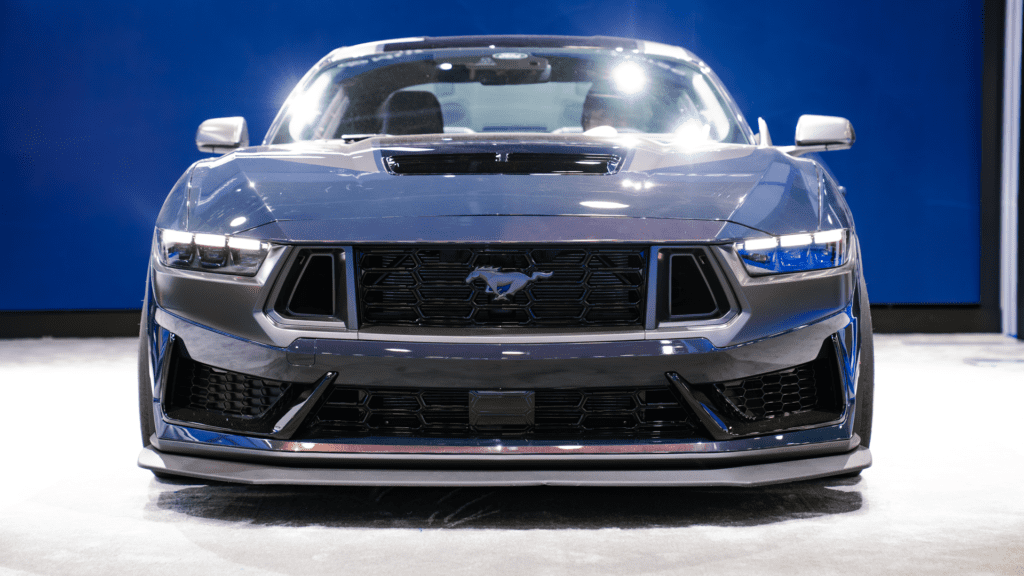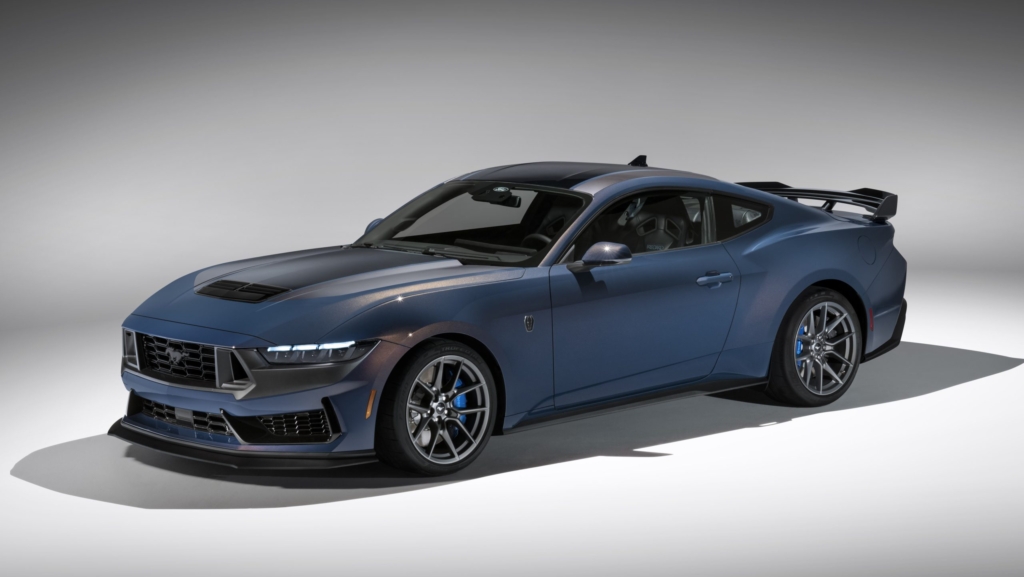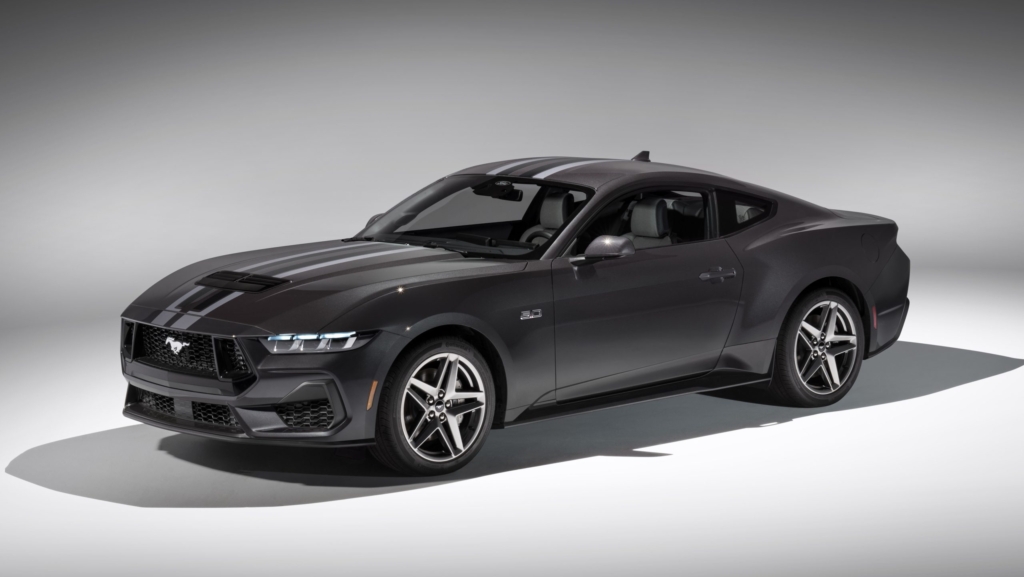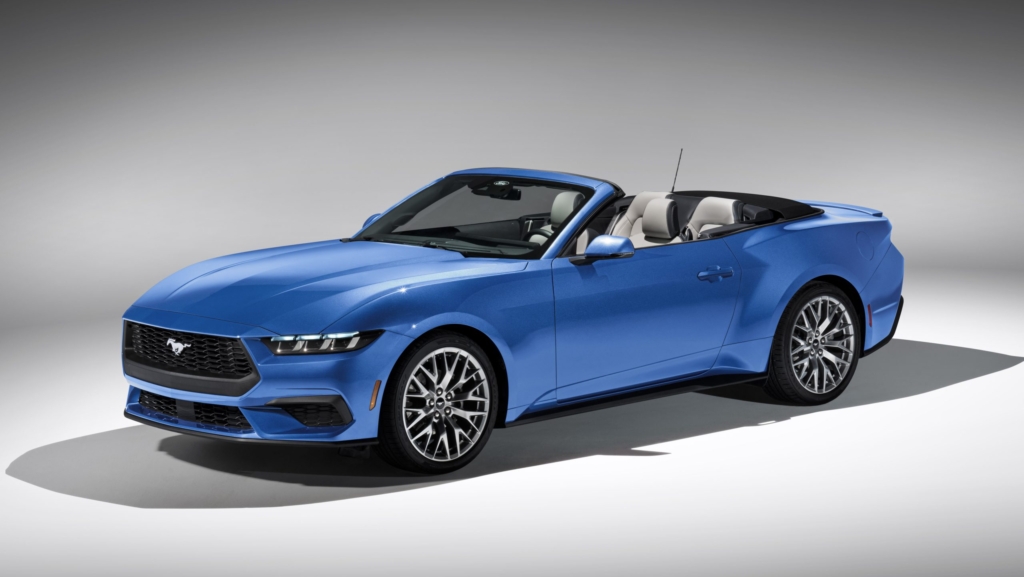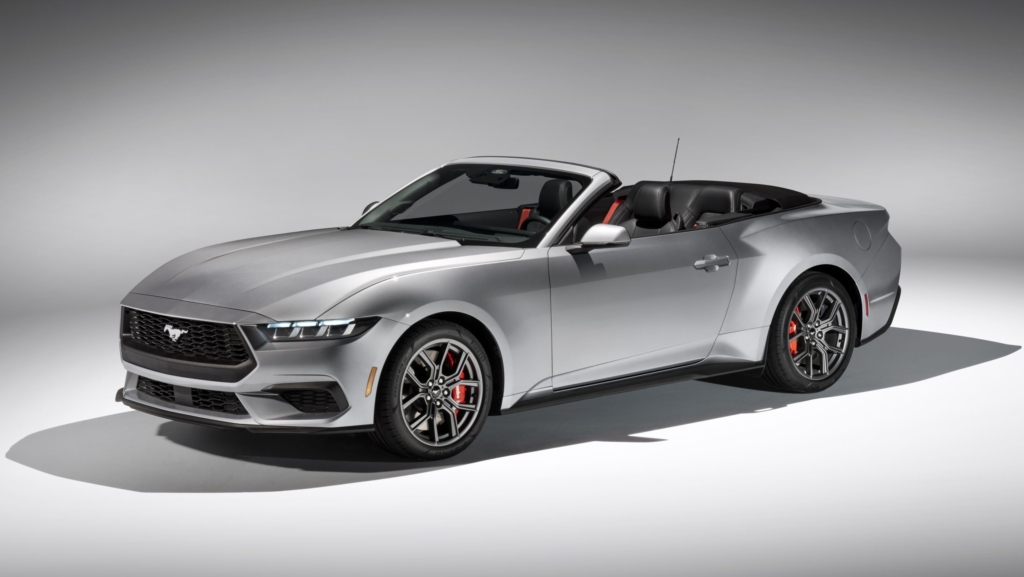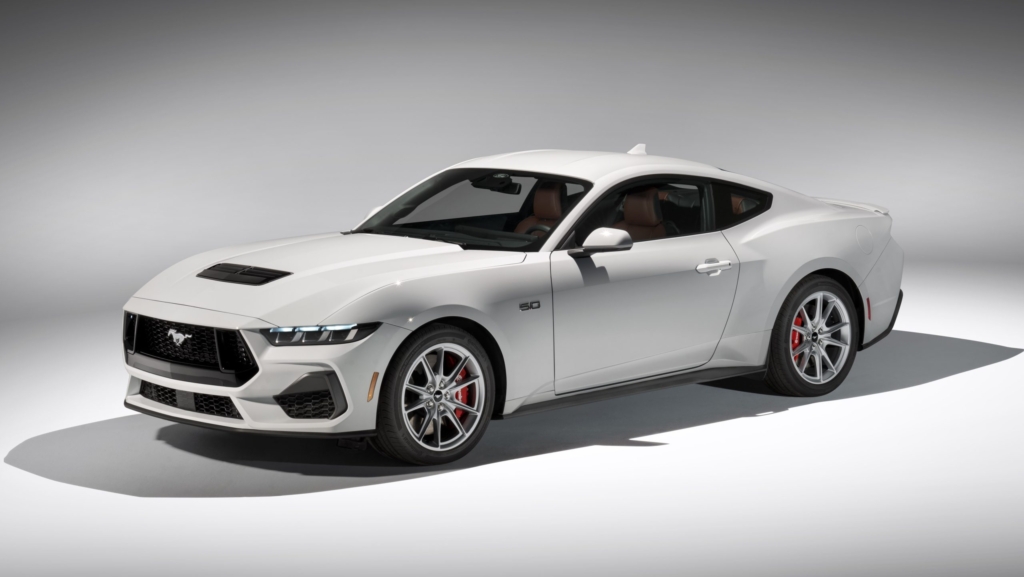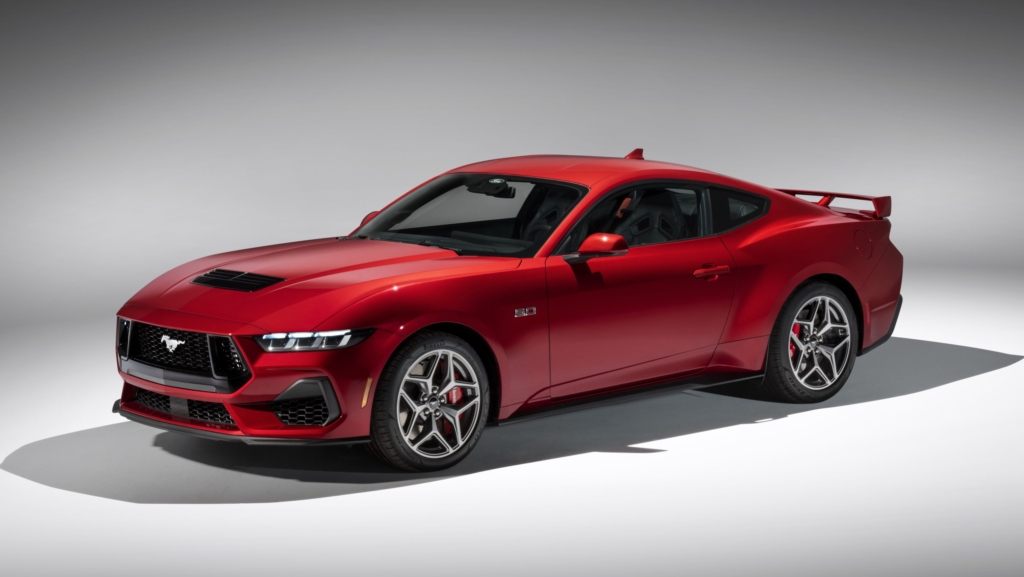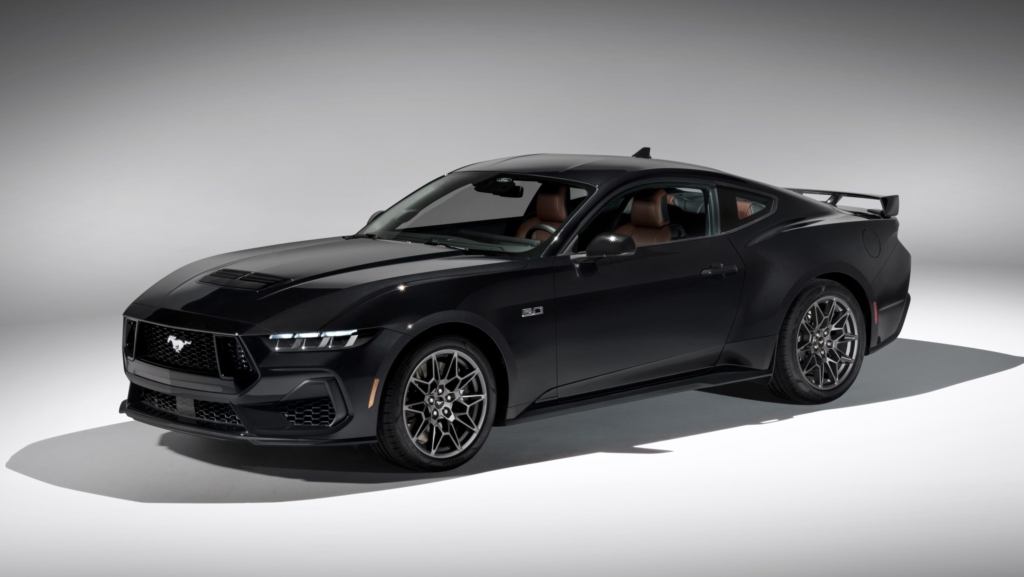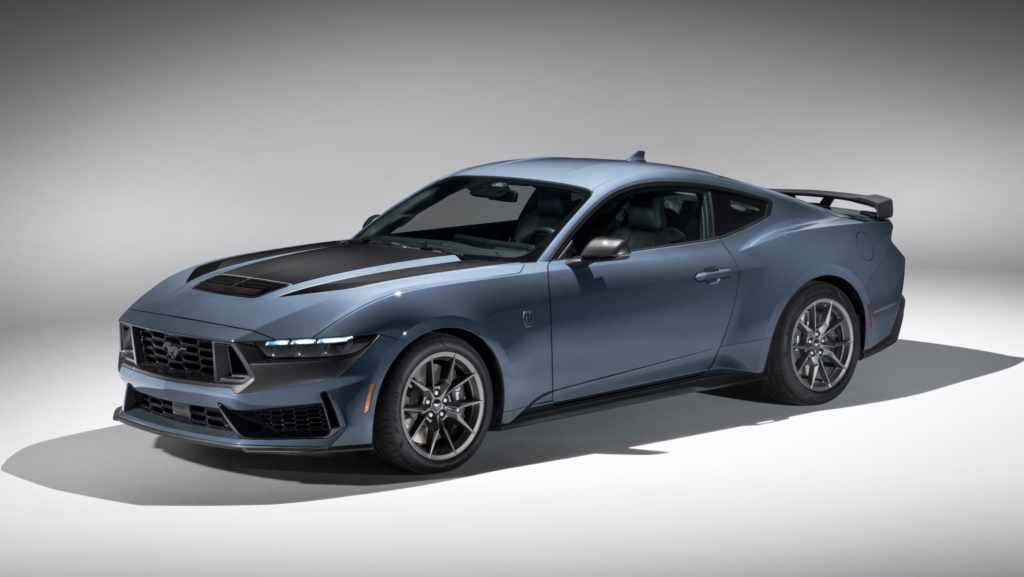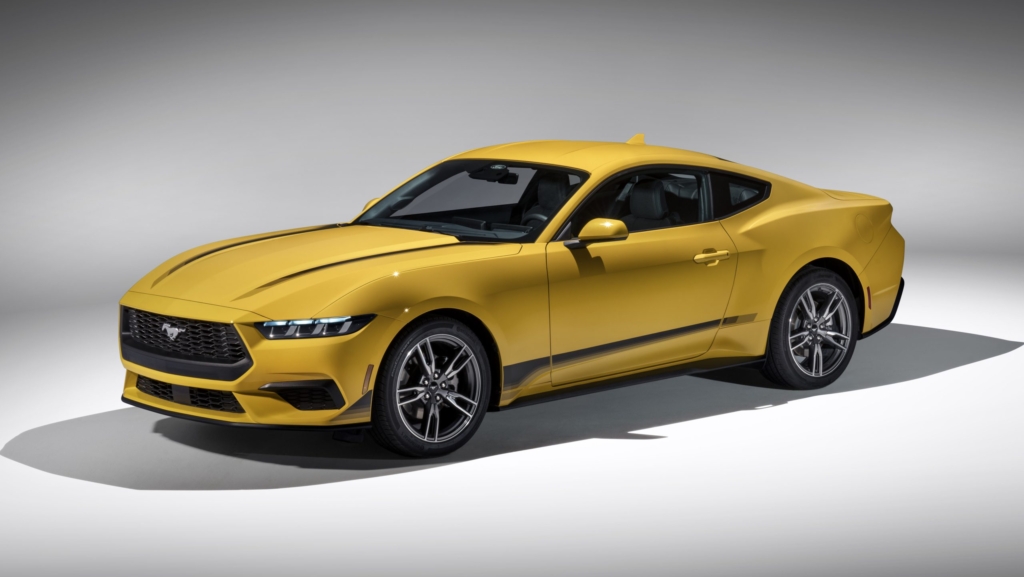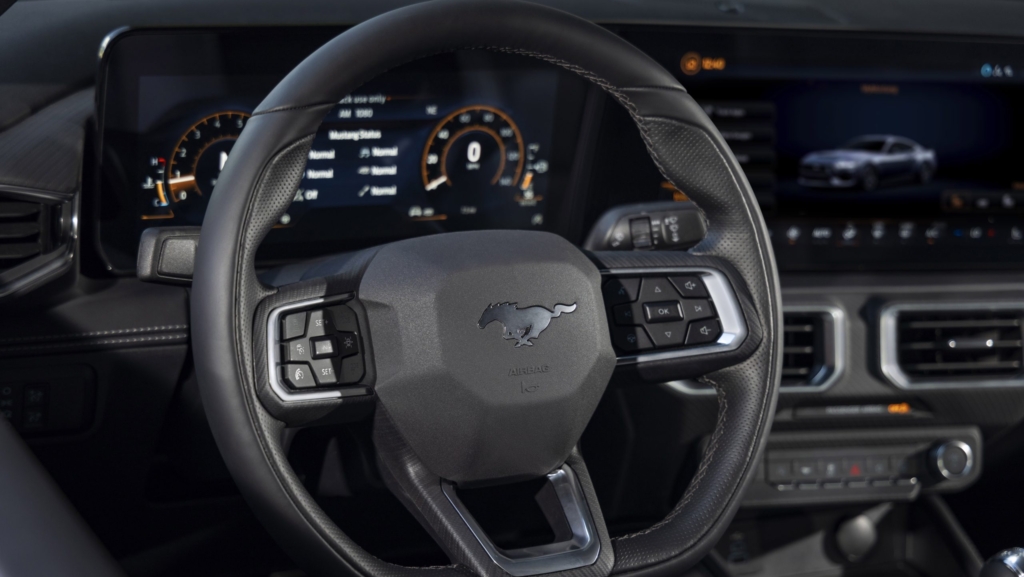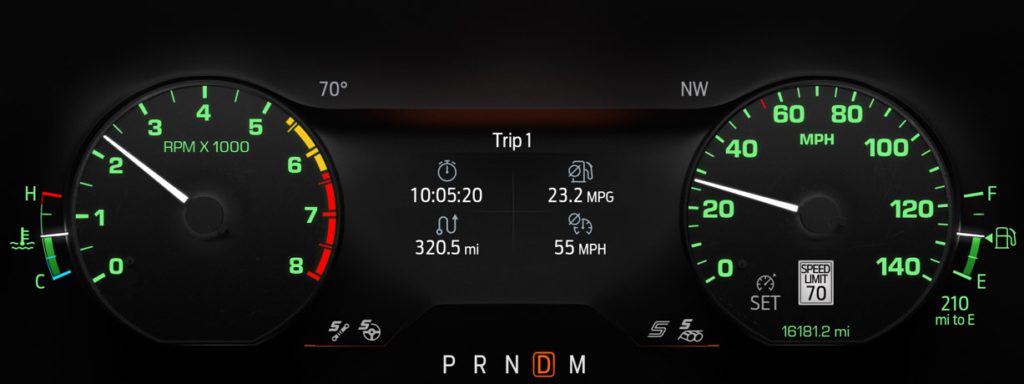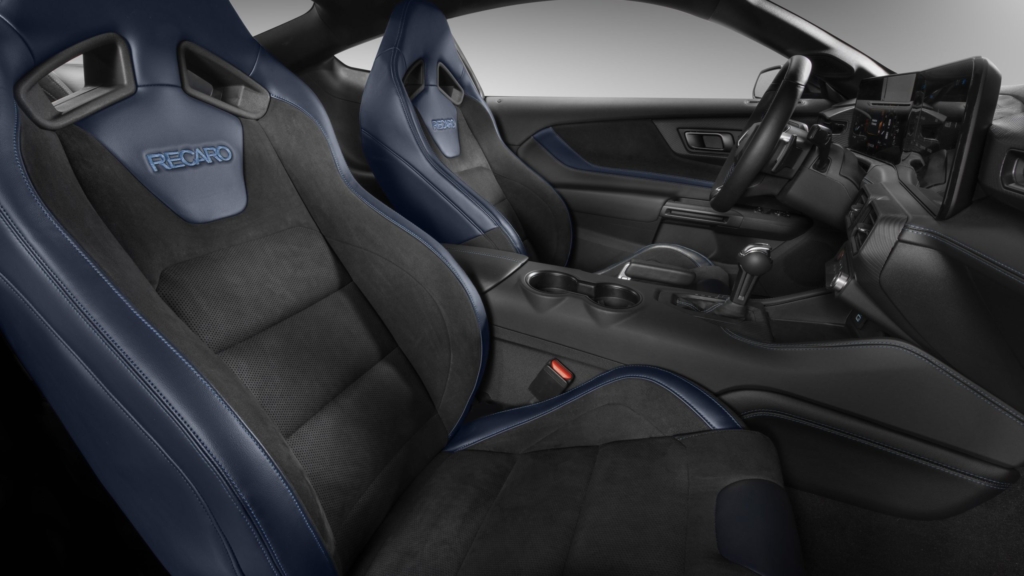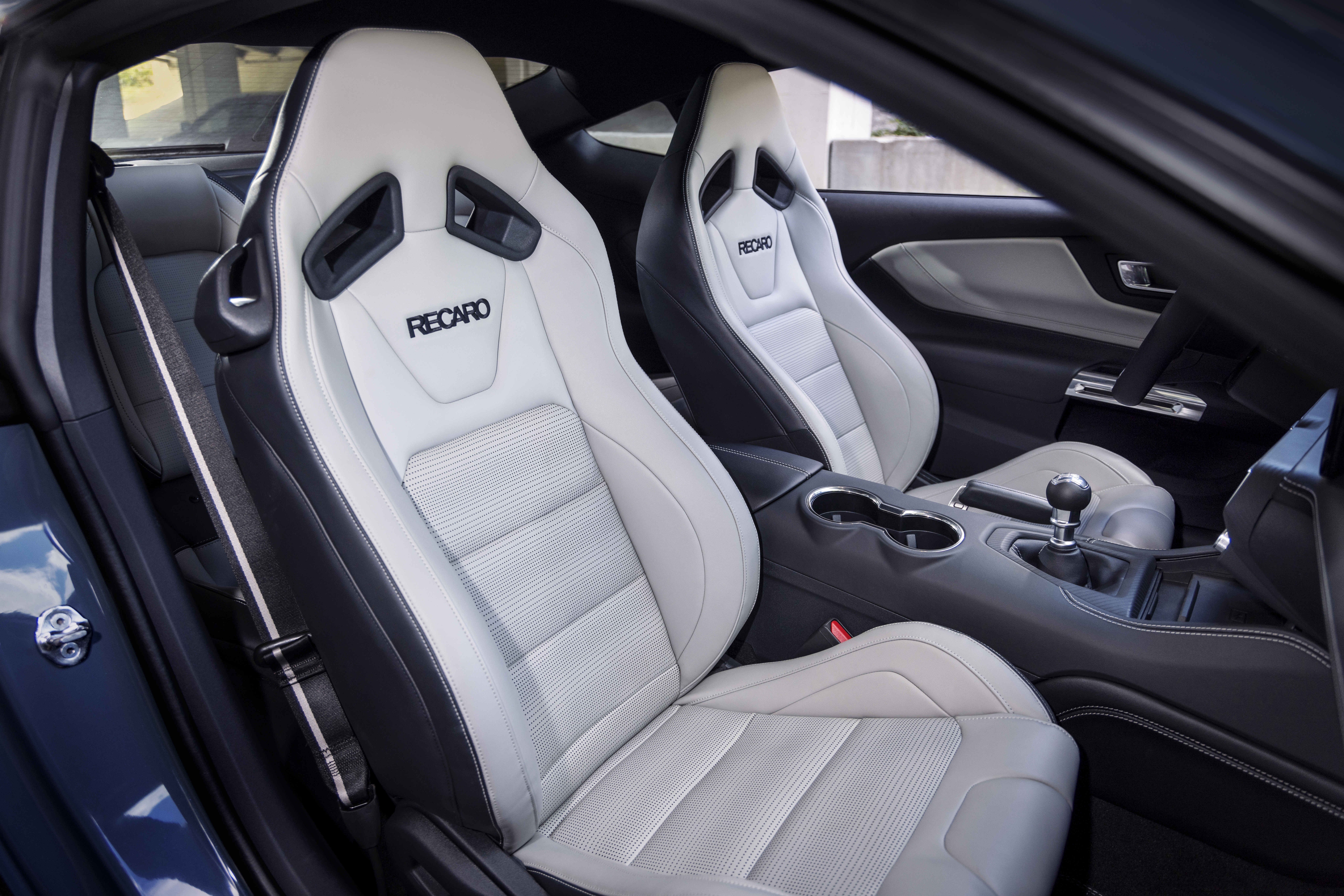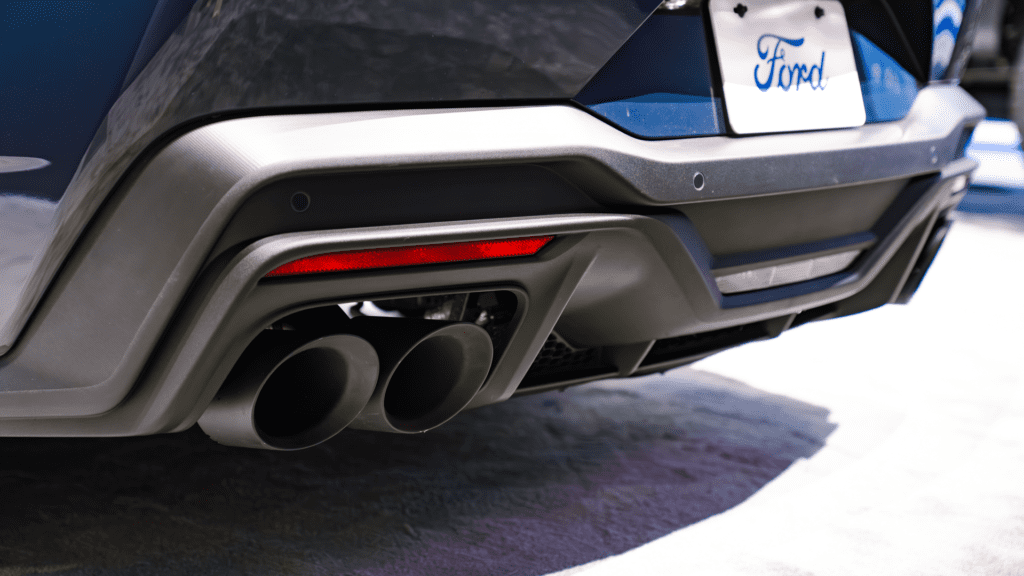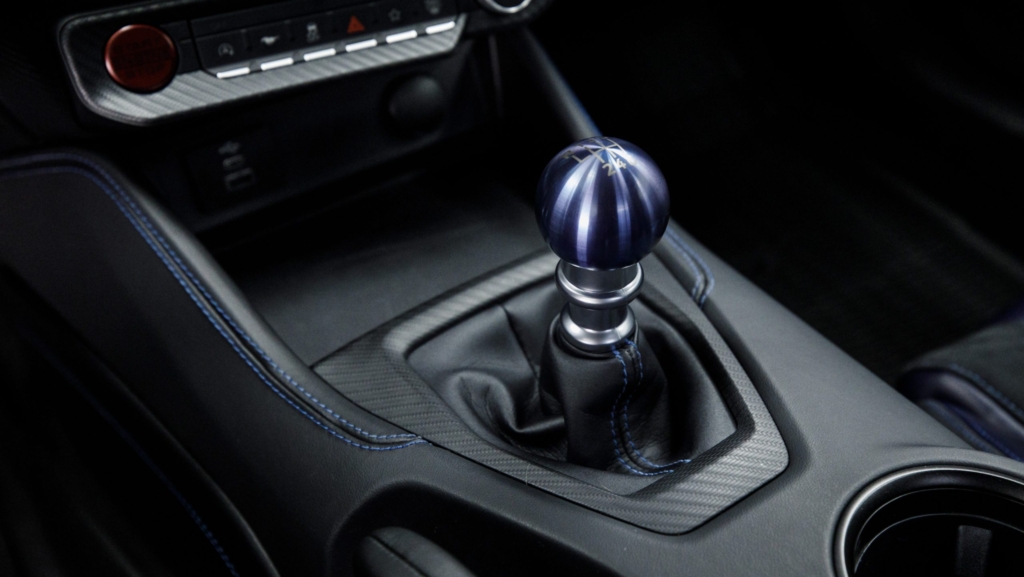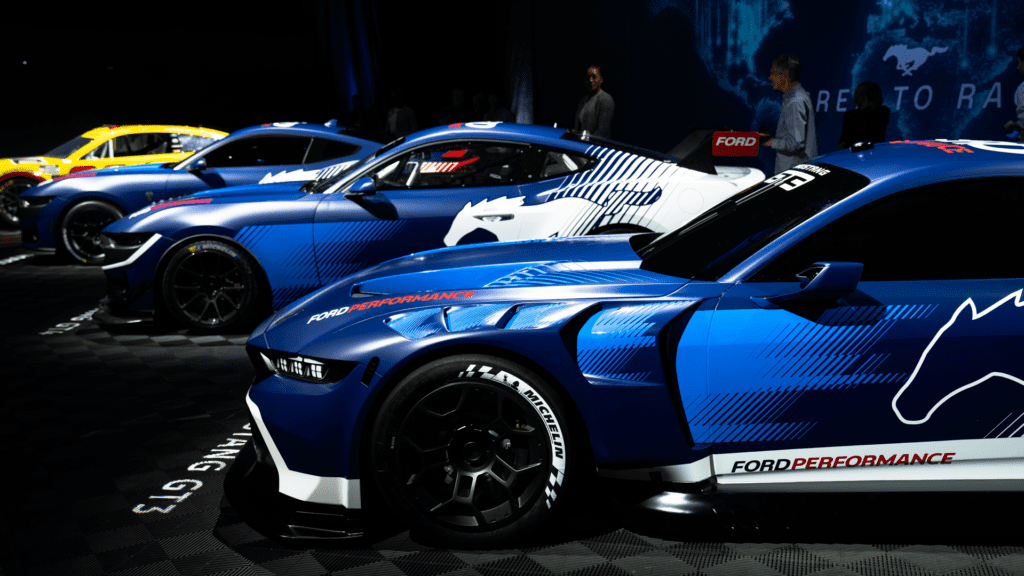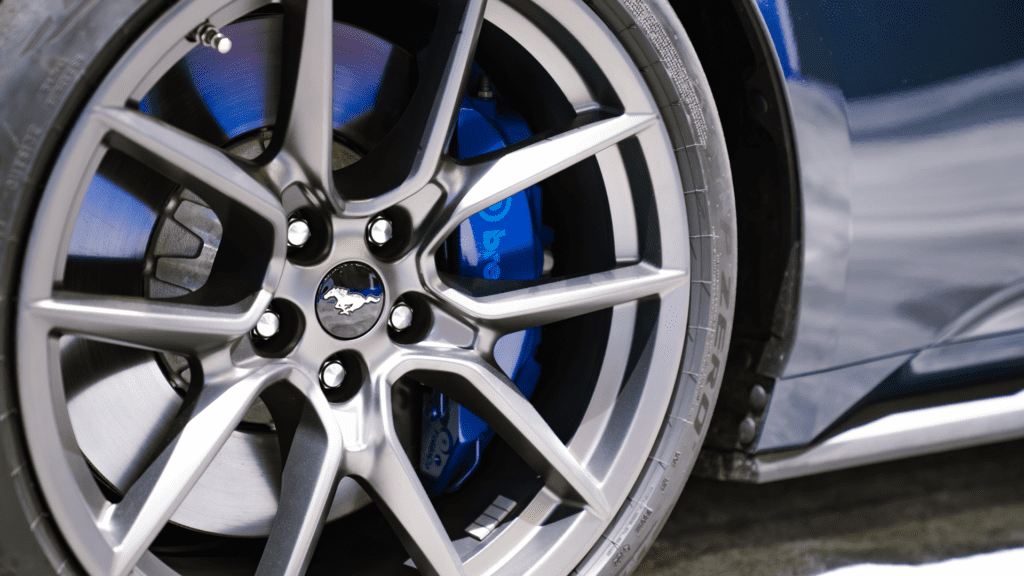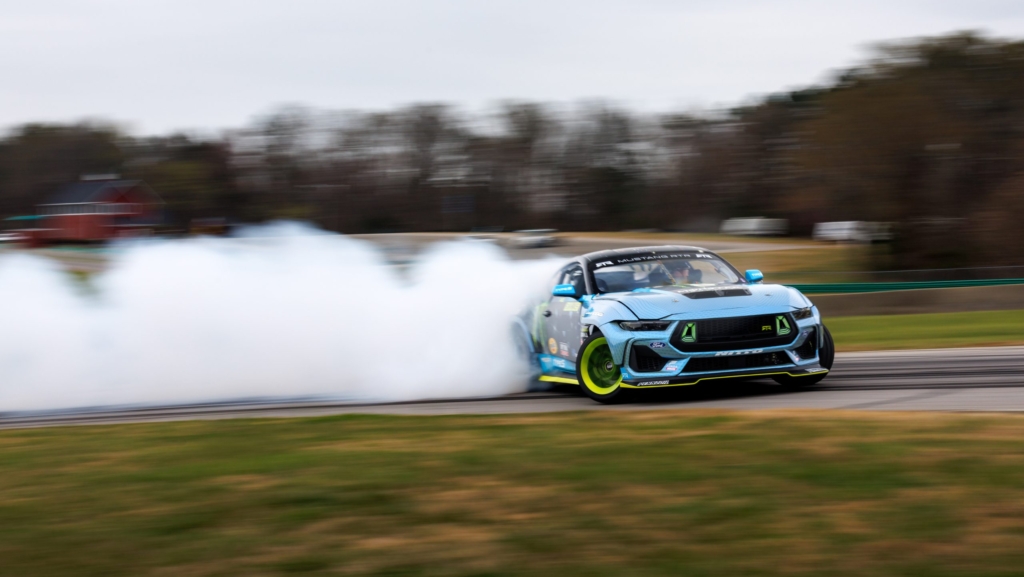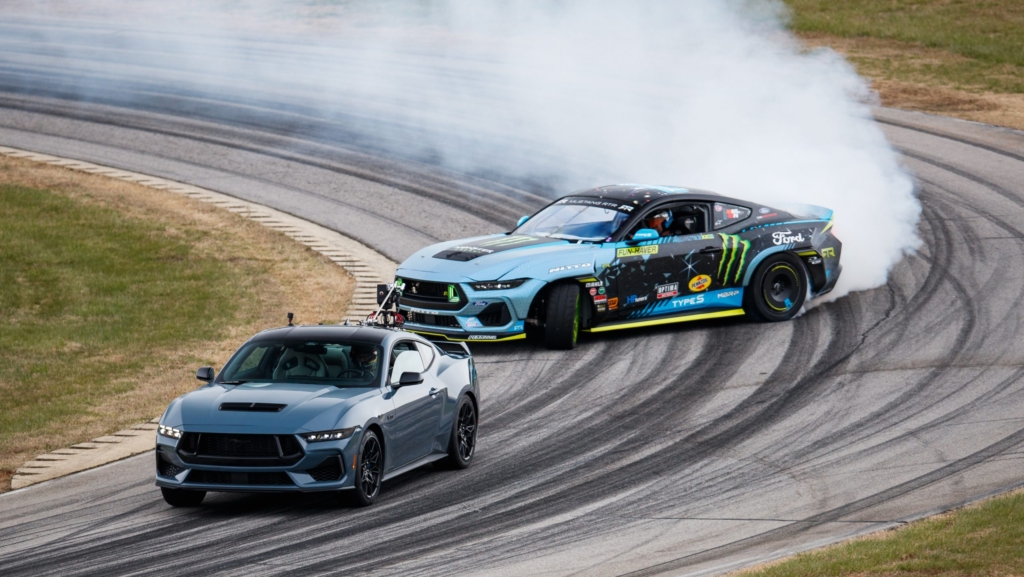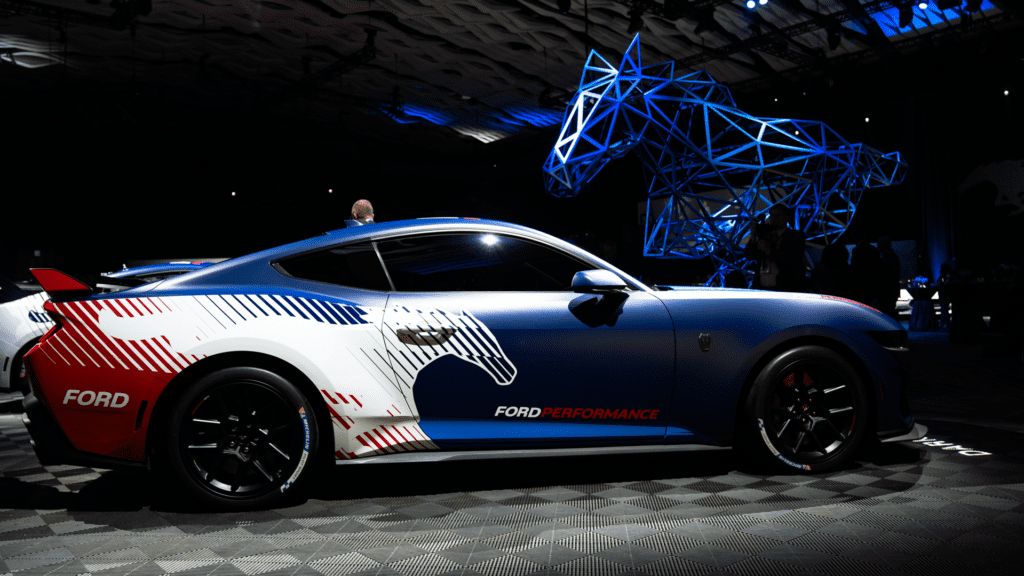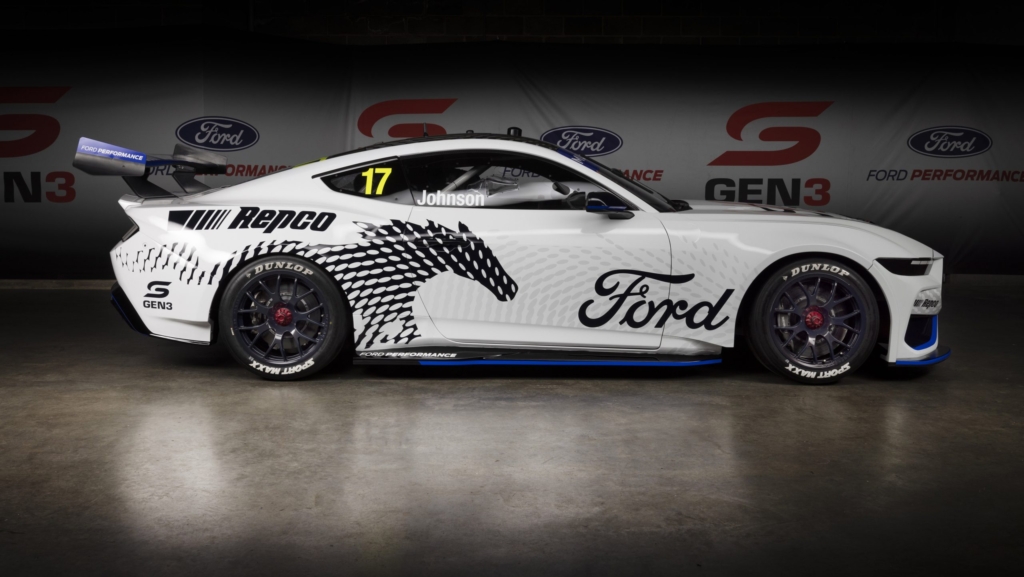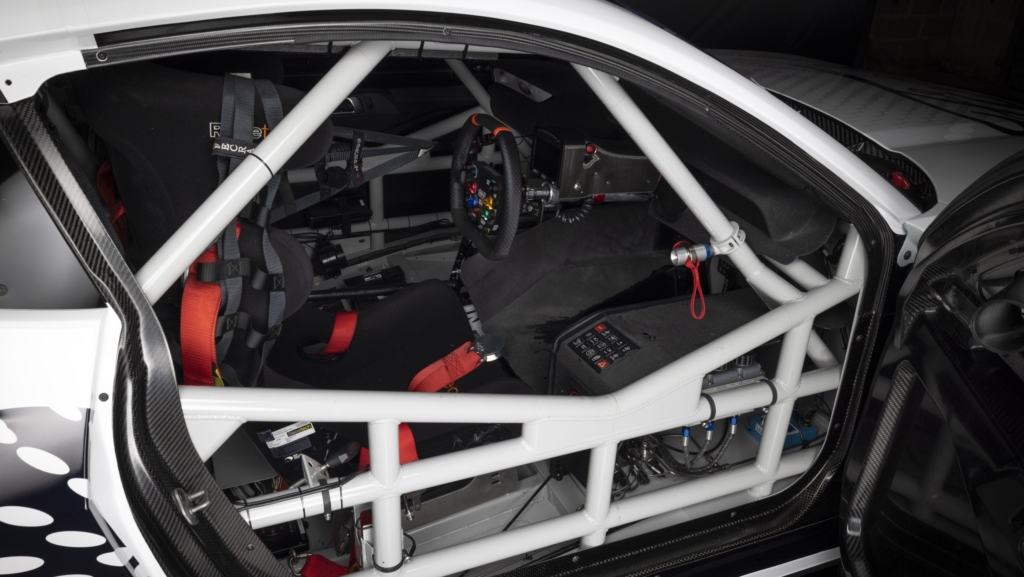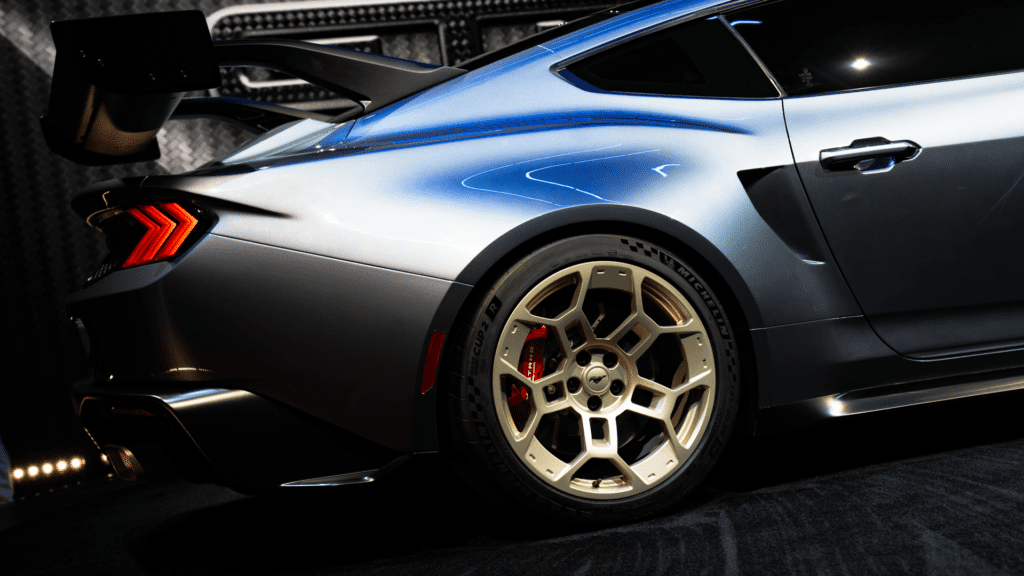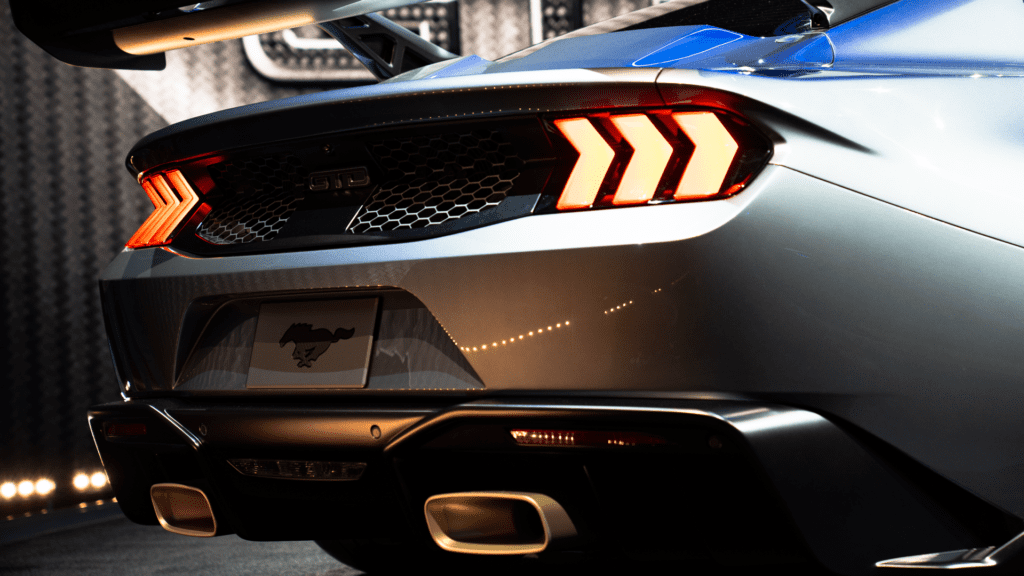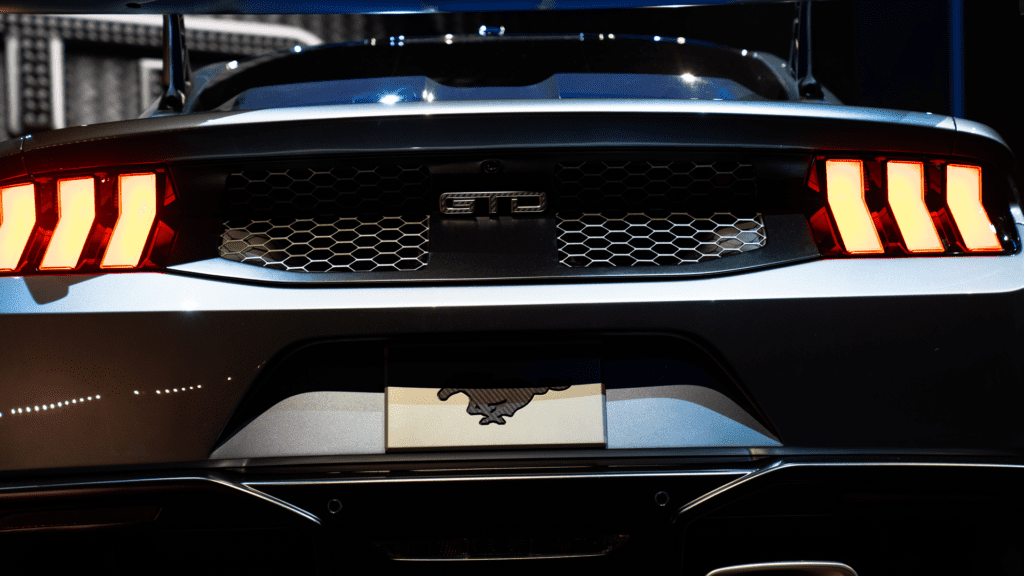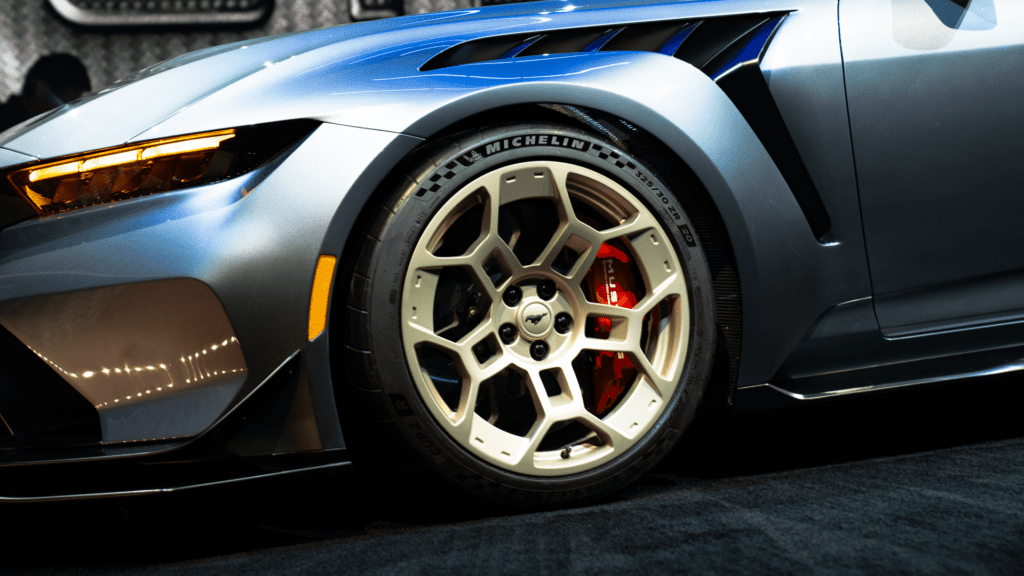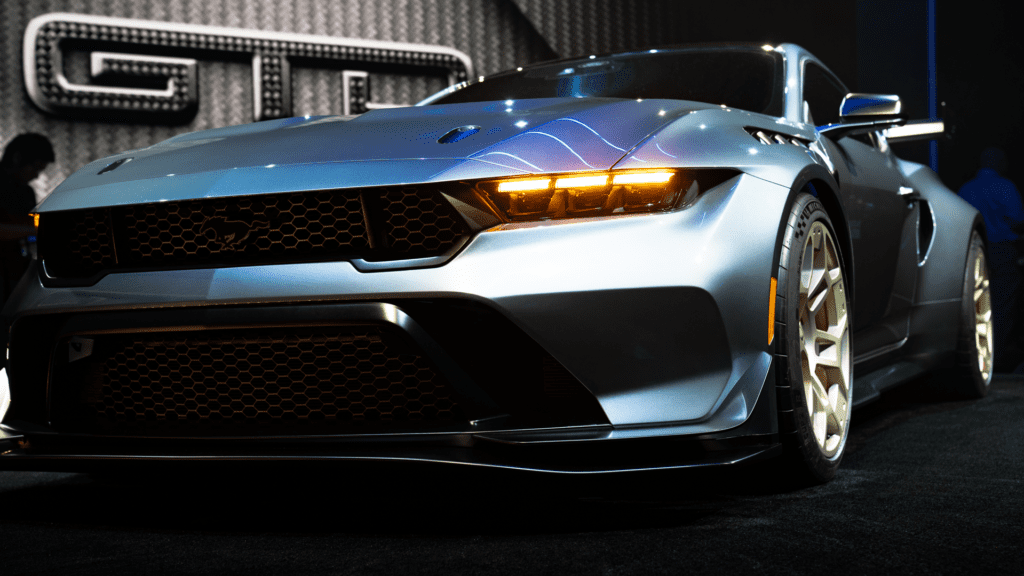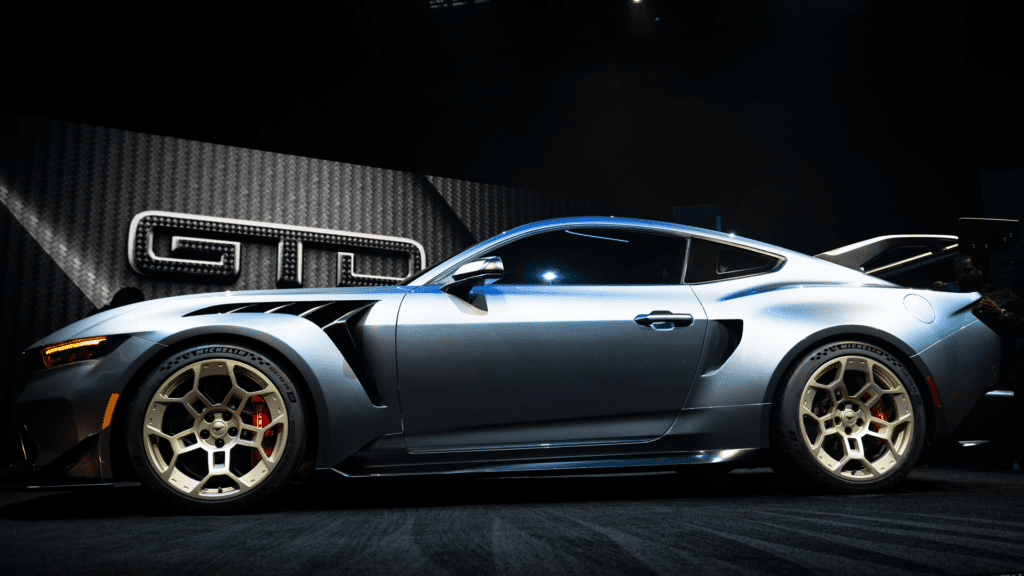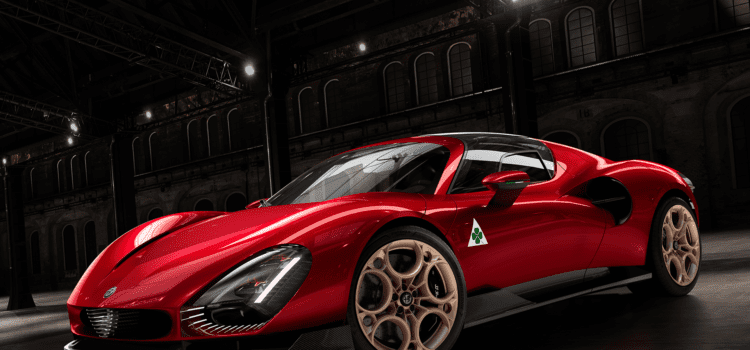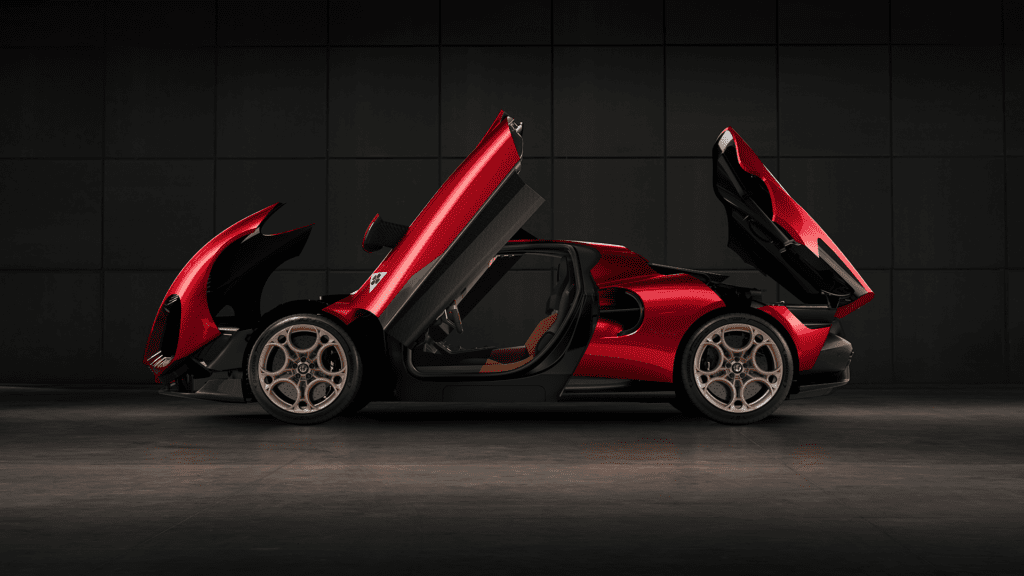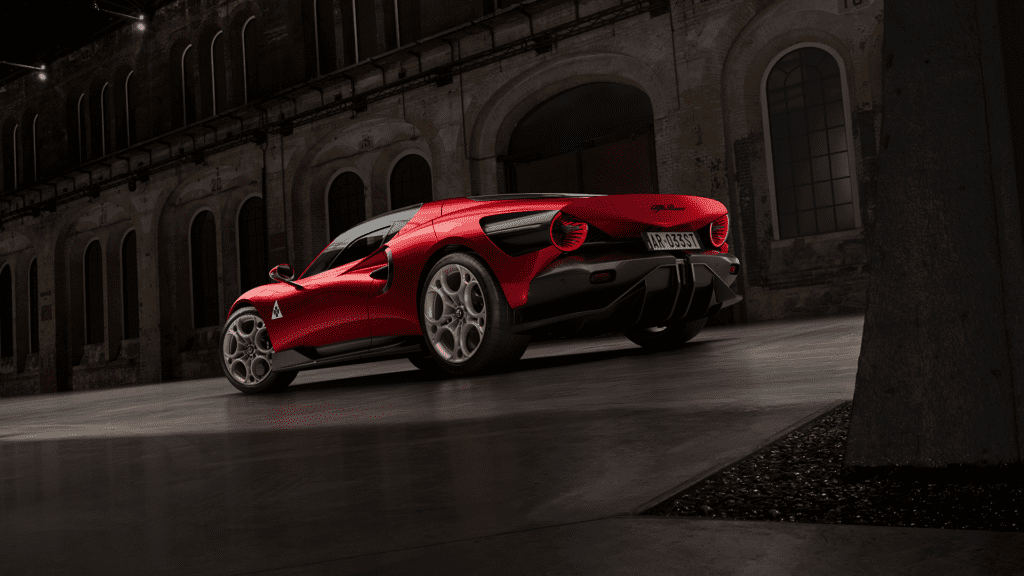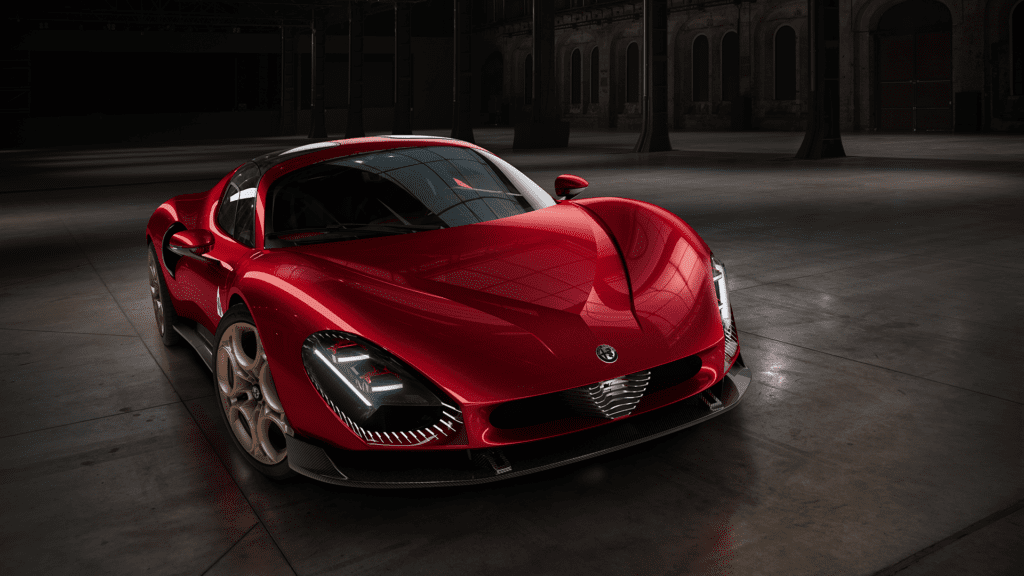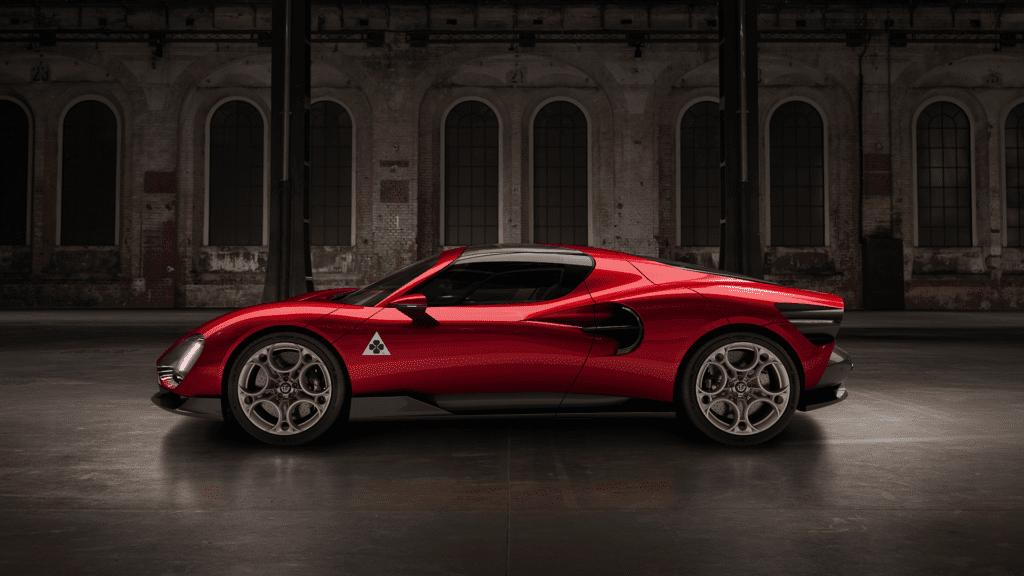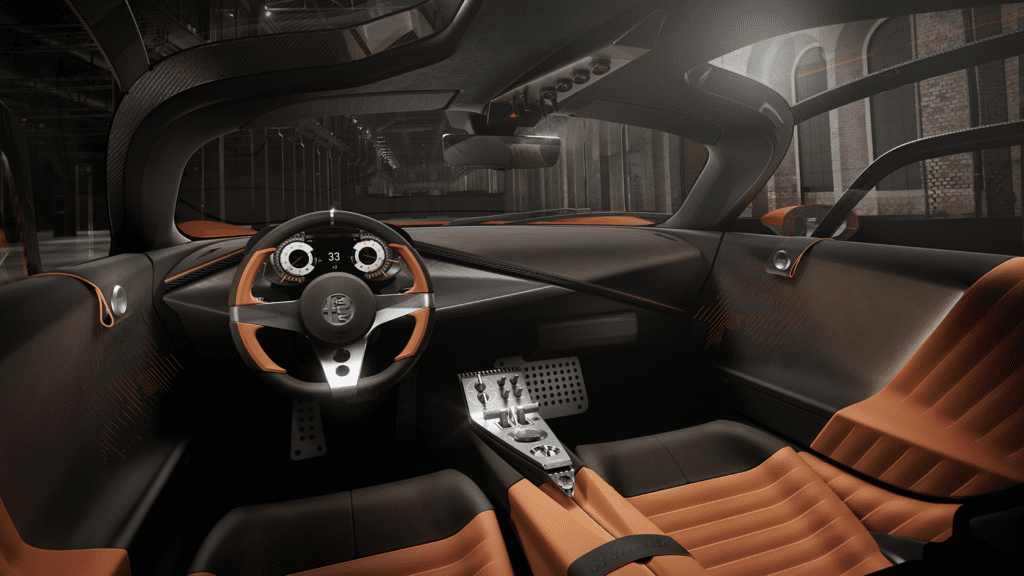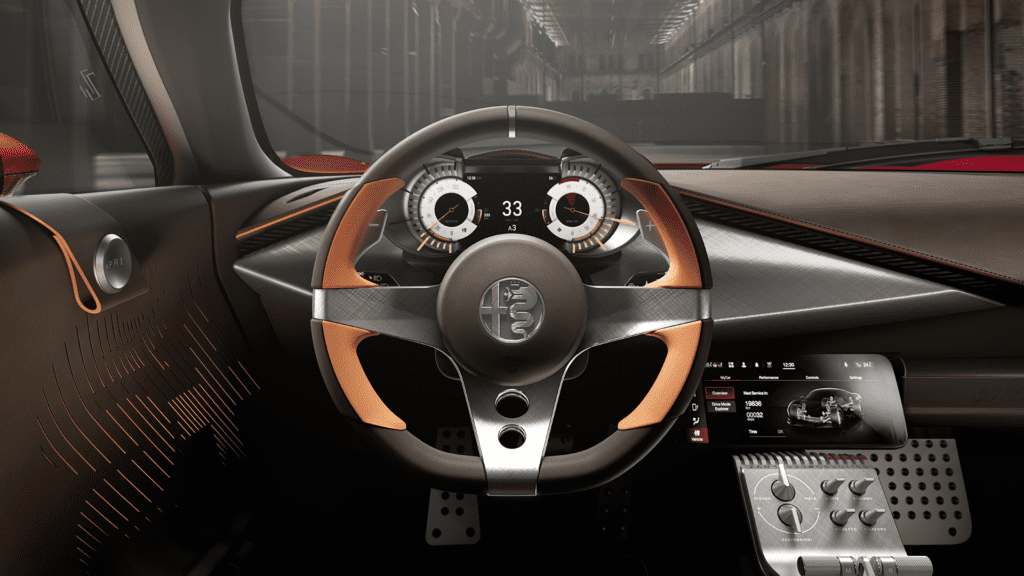The Maserati GranTurismo Trofeo is a grand tourer on paper but a sports car at heart
As the sun casts its last light on this Maserati’s otherwise subdued metallic coat, I stand starstruck. Half a day spent touring SoCal’s finest roads and towns in the Maserati GranTurismo Trofeo left me imbued with a newfound respect for what a grand touring car can really be. I had always dismissed them as country club shuttles for rickety old rich men (and they still kind of are). But this voluptuous land yacht sitting pretty on the beach makes a case that its breed can be more than just hulking, overpowered pillows, both on its spec sheet and in practice. I’d like to think that’s a good thing.
Not long ago, you knew exactly what a grand tourer was and where the fine line was between it and sports cars. Aston Martin DB9 and DB11. Bentley Continental GT. The last-gen Maserati GranTurismo. The usual suspects. But now? Sports cars have been softened and pumped up with extra cabin space and niceties, while traditional GTs got a little more hardcore. 911s are now nicer than ever. There are AMR versions of Astons with blinding liveries and carbon brakes.
Now we have this: the new-generation Maserati GranTurismo, a tourer poised to be among the most lively and theatric in its class, especially in its racier Trofeo trim. Over five days, including my half-day lap of Circuit De Los Angeles, it was time to see how well its transition to modernity has sharpened this perennial favorite’s blade without dulling its table manners.
Skip to section:
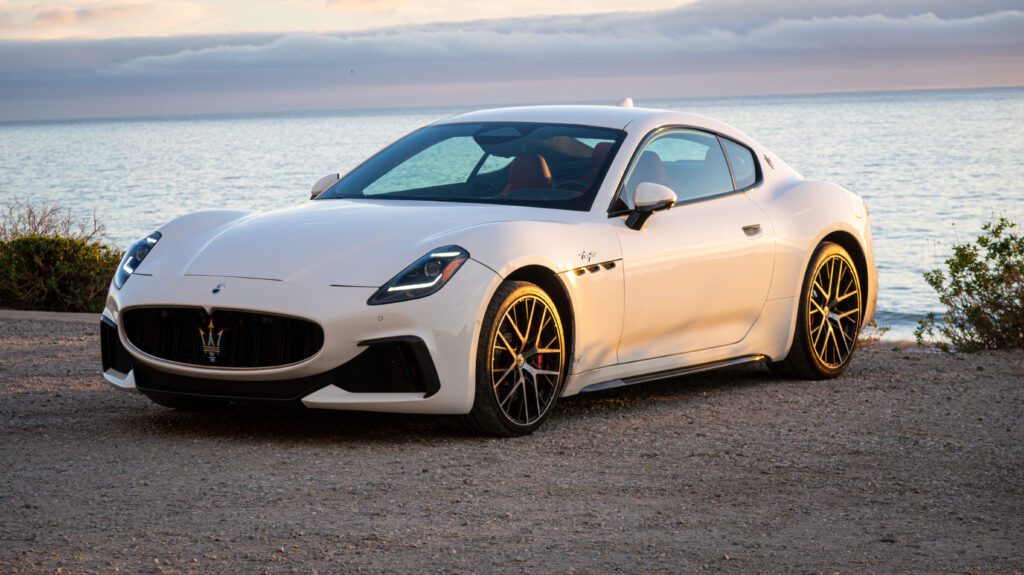
🚦Get ready, set, full disclosure! Some of the links powering our posts contain affiliate links, which means we may earn a small commission if you decide to make a purchase, even if it’s not from the page we linked. Affiliate links are not always an endorsement of the product. To really help us keep our headlights shining to make more content like this, subscribe to the Acceleramota newsletter.
Price and specs
$229,620. Two-hundred thirty thousand. Yeah, I’ll break that down in a sec. But at least that supercar price tag affords some gnarly supercar tidbits. Most notably, the new-gen GranTurismo ditches that glorious, naturally-aspirated V8 of yesteryear for the MC20 supercar’s 3.0-liter twin-turbo V6, belching out 542 horsepower to all four wheels. The 8-speed automatic is supplied by none other than ZF (and in other news, water is wet) and should help yield some wicked test numbers should a publication get their hands on one for instrumented sciencing. Still, the suspiciously conservative-sounding 3.5-second rip to 60 sounds plenty healthy to me, especially for something packing this much digital screen and dead cow skin within.
[Button id=”380″]
| Base price: | $205,000 |
| As-tested price: | $229,620 |
| Engine: | 3.0-liter twin-turbocharged V6 |
| Transmission: | 8-speed automatic |
| Drivetrain: | All-wheel drive |
| Power: | 542 horsepower @ 6,500 rpm |
| Torque: | 479 pound-feet @ 3,000 rpm |
| Redline: | 6,500 rpm |
| Weight: | approx. 3,900 to 4,200 pounds |
| Zero-to-60 mph: | approx. 3.5 seconds |
| ¼-mile: | approx. 11.6 seconds |
| MPG: | 18 city, 27 highway, 21 combined |
| Observed MPG: | 16.7 MPG |
| Fuel Capacity: | 18.5 gallons |
GranTurismo Trofeo exterior design
What can I say? It’s a beauty. A stunner. Dropdead gorgeous. It takes the same design language and proportions as the generation it replaces and evolves it for the present day, with a long snout, short deck, and those iconic Maserati porthole vents. Even the shape of the roofline and side windows are nearly identical, and that’s fine by me. Don’t fix what ain’t broke.
Some more prominent evolutions include headlights and taillights that look straight off the exotic MC20, reinforcing Maserati’s current theme of somewhat bulbous headlights and slender taillights. Twin hood vents peer from right behind the border between the front bumper and the hood itself, while physical door handles are replaced with buttons within a recessed hole.
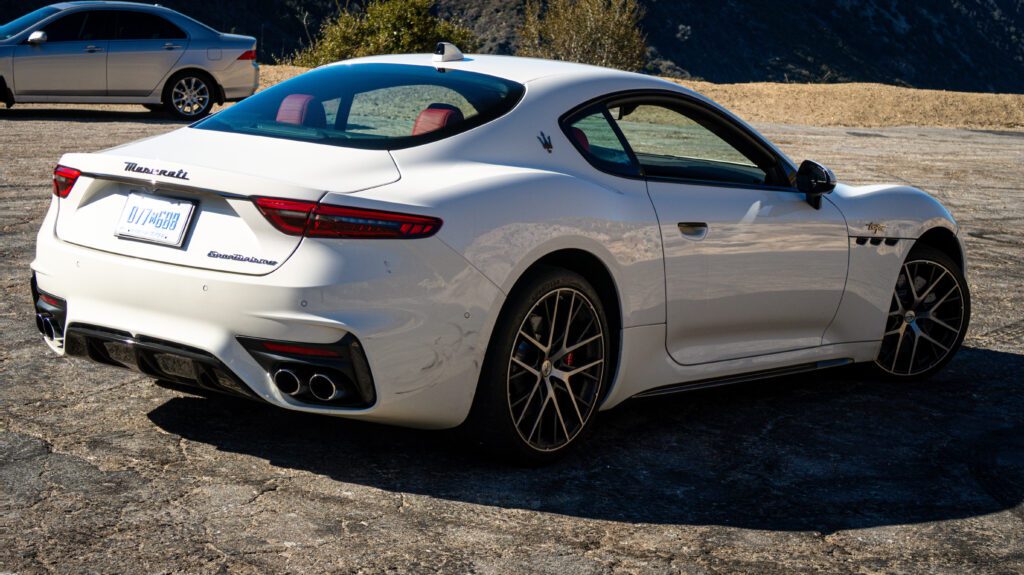



Unless you look at this alongside the tamer Modena, you’d be hardfetched to realize there’s a difference. But alas, the Trofeo rocks a slightly angrier front fascia with more pronounced side intakes, teeny-tiny black sideskirt extensions, and of course, red-outlined Trofeo script over the porthole vents. As an added plus, the aerodynamic refinements drop its drag coefficient from 0.32 to 0.28, all while retaining that silhouette. Part of that is likely attributable to the adjustable air suspension, which can range from proper sports car low to wannabe-crossover high. I’m sure all that adjustability is a good thing.

| What’s hot? | – Drives a whole lot smaller than it actually is – Raucous powertrain delivers near-supercar speed – Sports car agility and response in most aggressive drive modes – Everyday livable, even in Sport or Corsa – Surprising highway fuel economy – Quick, intuitive touchscreen response |
GranTurismo Trofeo pricing breakdown
What’s not a good thing is how its price has inflated well into supercar territory. The base price for the final iterations of the last-gen GranTurismos fell anywhere between $150,000 to over $160,000. The lower-rung, 483-horsepower Modena starts at roughly $175,000. Our higher-performance Trofeo tester started at $205,000 and climbed to $229,620 with options. Good. Freaking. Grief.
The Sport Design Package adds beautifully crafted metal pedals and an aluminum door sill plate for $1,450. The Tech Assistance Package adds a rearview mirror camera and a HUD for $2,600. Comfort Assistance adds ventilated seats and a hands-free trunk for $1,070. Okay, it’s not so egregious thus far. But Maserati’s advanced driving assist suite, with surround cameras, adaptive cruise, and lane centering, not unlike lesser Stellantis products, is a tear-jerking $8,300. Our upgraded wheel package’s 20-inch front and 21-inch rear wheels add $4,500, a “premium alarm system” adds $2,000, and the upgraded Sonus sound system adds $4,000. At least everything else, from the Skyhook adaptive and height-adjustable air suspension, dual-zone climate, powered everything, all-wheel drive, and the Trofeo-exclusive eLSD, comes standard.


To make you feel better, the Maserati still kind of stands as the same value proposition as it always has in the face of rivals. The current Aston Martin DB12 and Bentley Continental GT start somewhere just below $250,000, with both easily able to skyrocket deep into the $300,000s. But then we must acknowledge its peers on the sportier side of the fence. The 911 Turbo S starts at $230,400, while the outgoing Audi R8 V10 Performance started around $161,395. Perhaps the GranTurismo’s closest rivals come in the form of the Mercedes-AMG SL 63 Roadster, which starts at $183,000, or Maserati’s own MC20 supercar, which starts at a little over $210,000.
To be fair, if you were eyeing a new GranTurismo, cross-shopping was never that big of an issue; you were going to buy several of these cars, anyway. But for those who didn’t win the full jackpot at the casino, it’s something to consider.
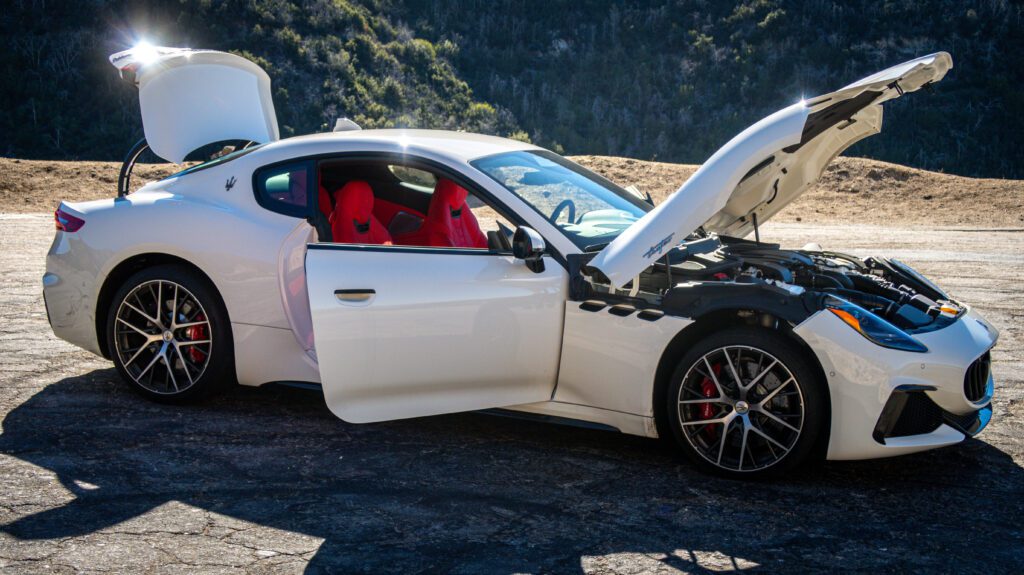
GranTurismo Trofeo interior tech
Mirroring the Grecale luxury crossover, the GranTurismo boasts an entire cabin that’s posh, cozy, and appreciably easy to acclimate to off the bat. Anyone can get in and become familiarized with it in minutes. As mentioned, our tester featured a whole suite of surround-view cameras that came in handy in tight parking situations, including a rearview camera for the mirror, whose camera is cleverly disguised as a shark fin antenna. You can view your fine Italian surveillance equipment via the sizeable 12-inch touchscreen, which houses wired or wireless CarPlay and Android Auto, as well as the latest generation of Stellantis’ uConnect.
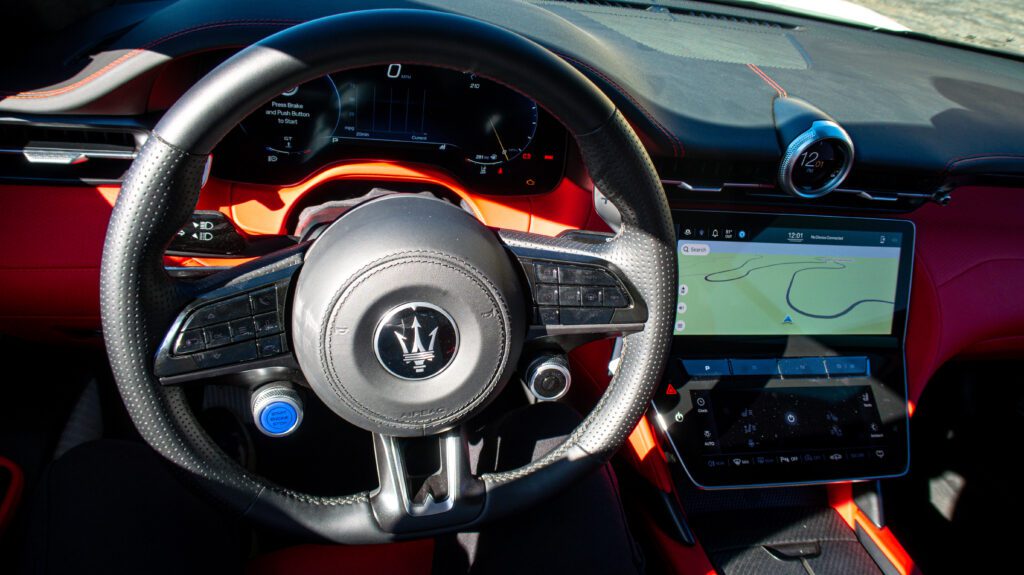

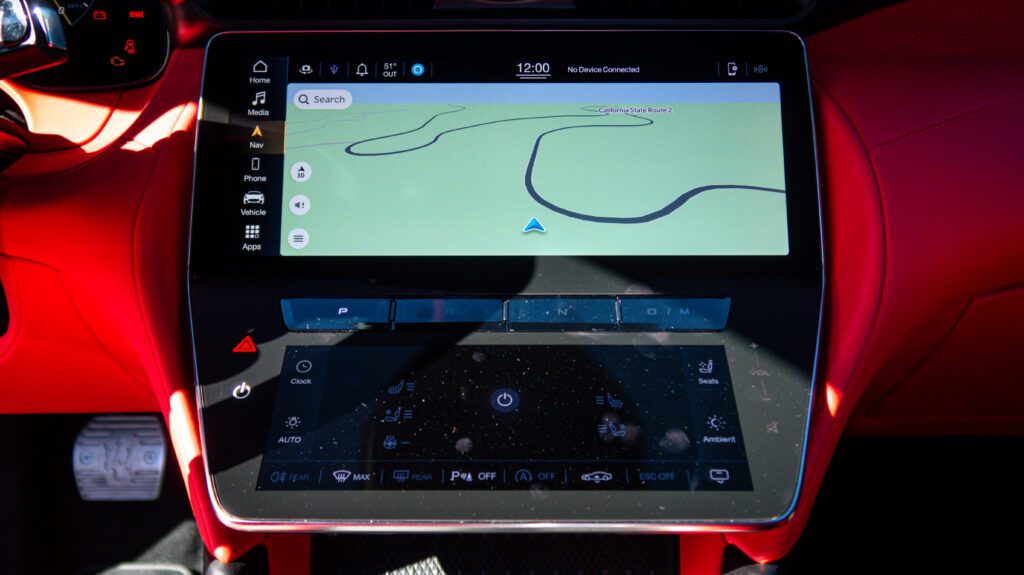

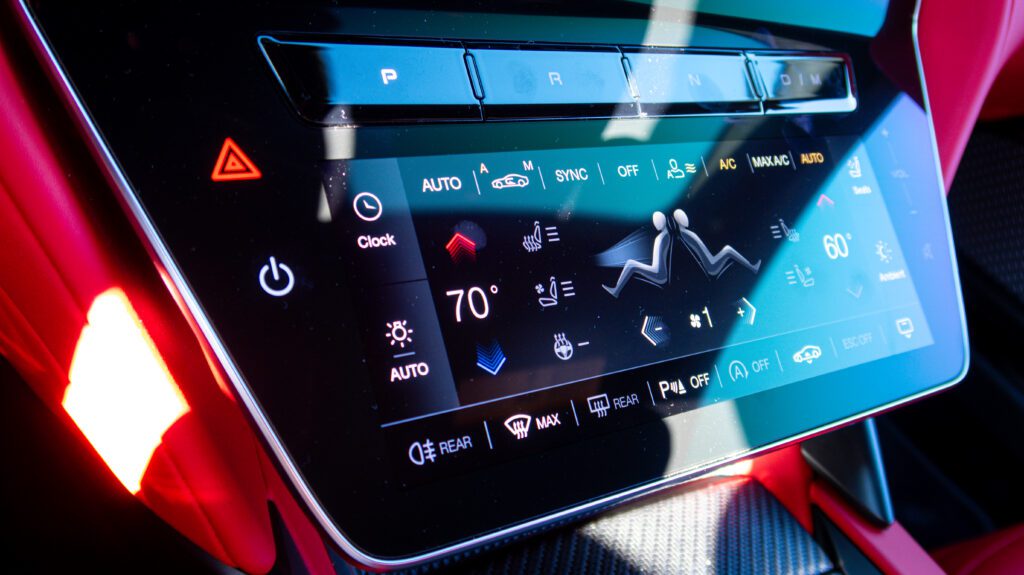
As one would expect, leather is abundant. The seats themselves are pretty much 132% cow and are soft to the touch but not too soft that results in the bolsters not doing their job in sporty driving. It’s a fine piece of in-car furniture that anyone can slide into for a thousand-mile jaunt across continents or a rip in the mountains, made easy by heating that cooks you alive and ventilation seats that actually cool you down instead of letting an asthmatic mouse blow on you. As for the rear seats? Shockingly roomy, with their own cupholders and USB and USB-C charging.
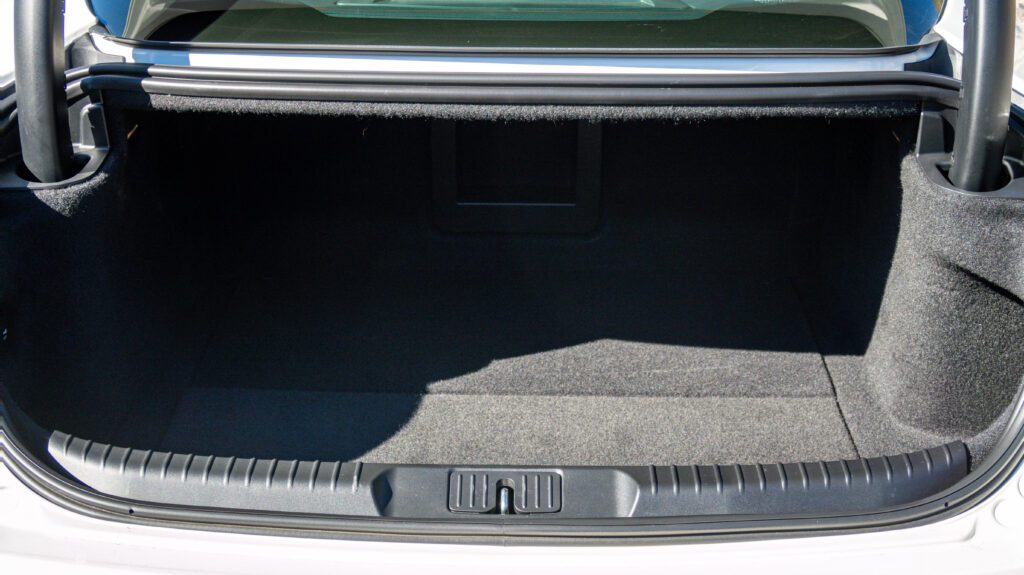
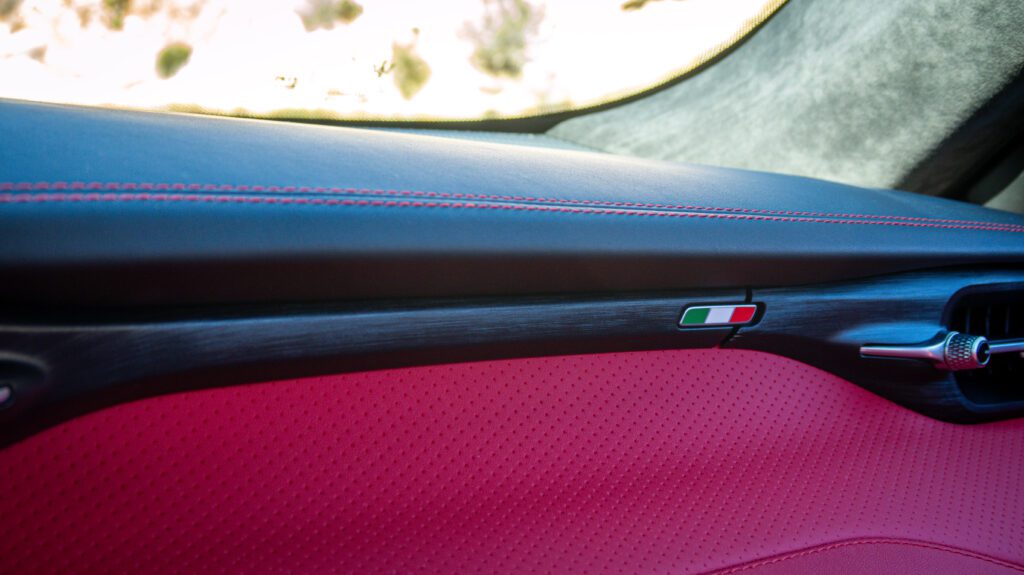
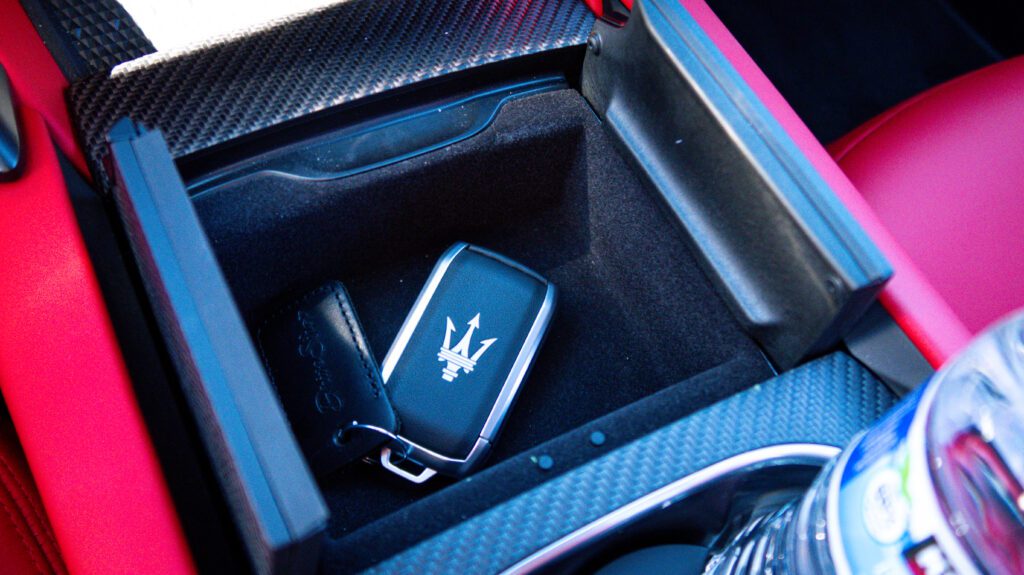
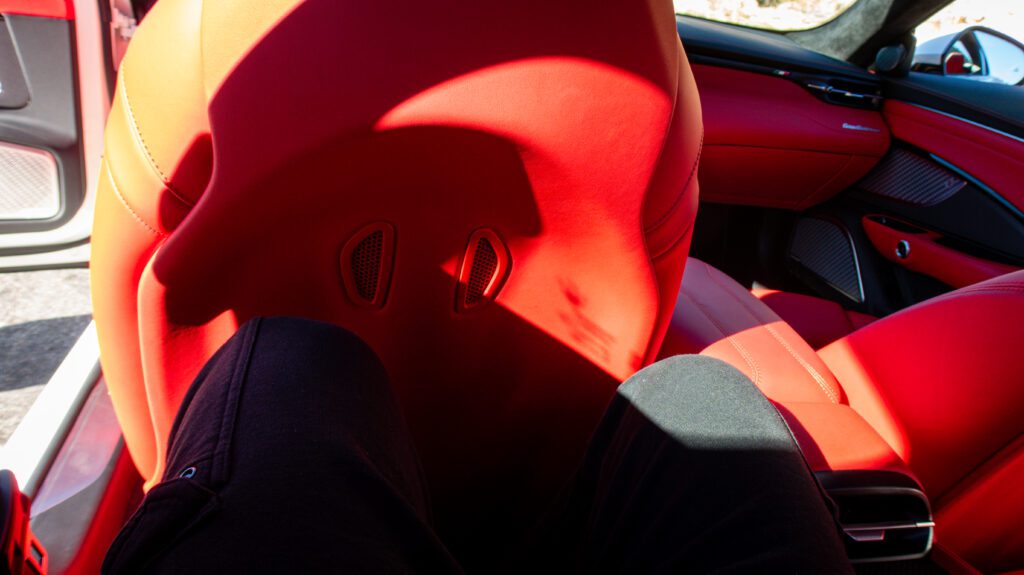

All creature comforts and most vehicle switchgear, including the headlights, are controlled via the 8.8-inch touchscreen saddled just beneath the infotainment system, creating one giant mass of touchscreen. While intimidating at first, you notice all the controls displayed on the screen are logically laid out and fall easily to your touch, with little to no second guesses if you’re looking in the right spot. Such a seamless blend of modernity and elegance seems like a recipe for one hell of a road tripper, as a proper GT should be.
And you’re right.
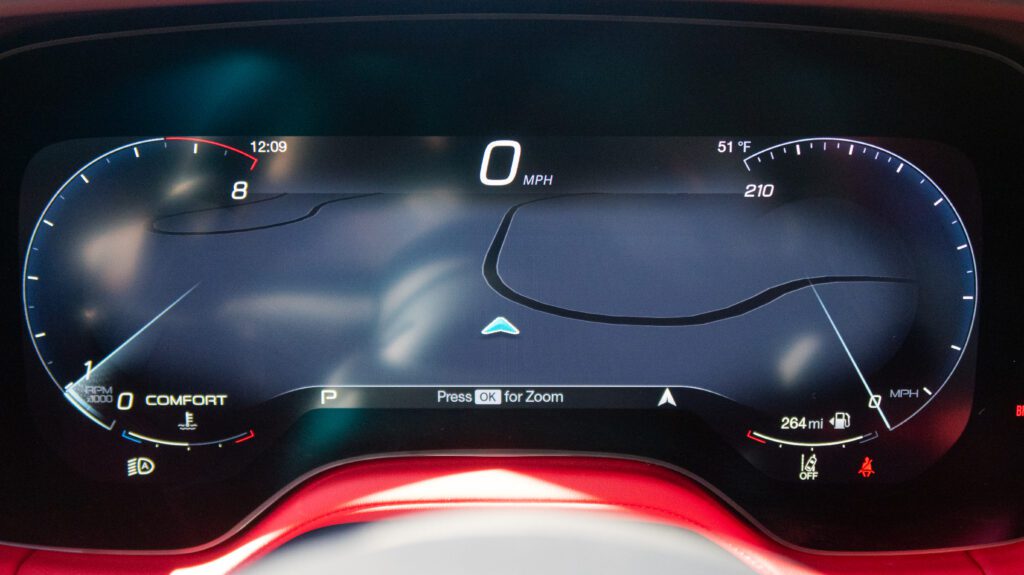
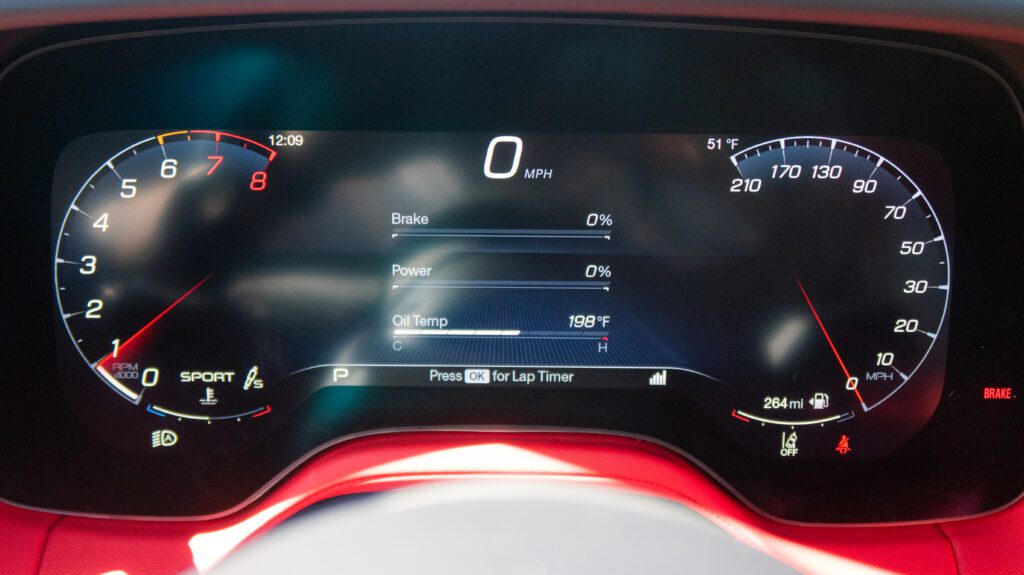

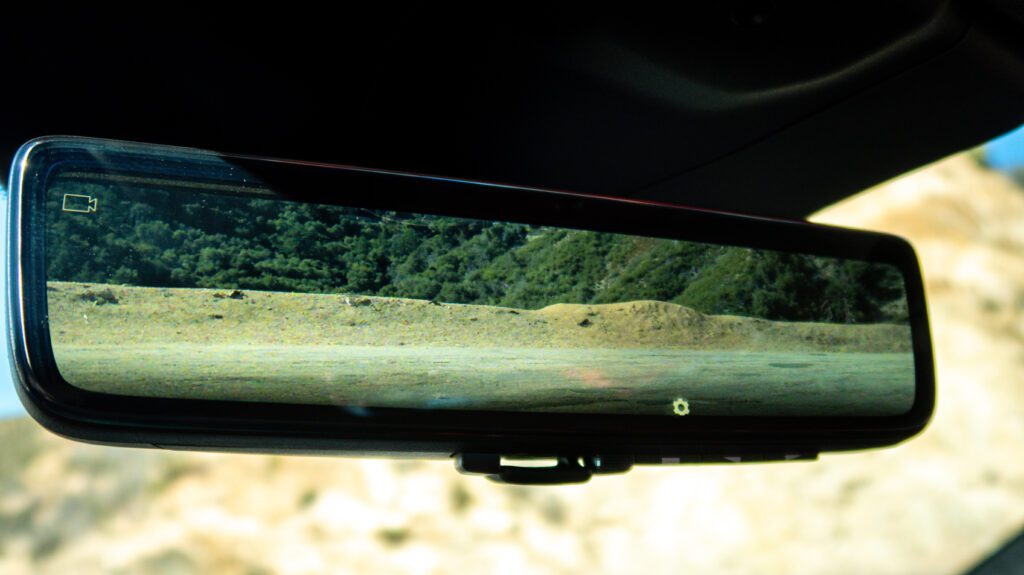
Yup, it can still be your everyday land yacht
Oh, come on now. No one should’ve ever had any second guesses as to what this car is capable of when the odometer starts climbing. It’s in the car’s name, for crying out loud. The GranTurismo swallows miles with ease, both out on the highway and in dense urban settings. A 250-mile grand tour around SoCal taught me that as I traversed the 5, conquered the 405, and embarked on risky journeys into the heart of LA County’s concrete jungles.
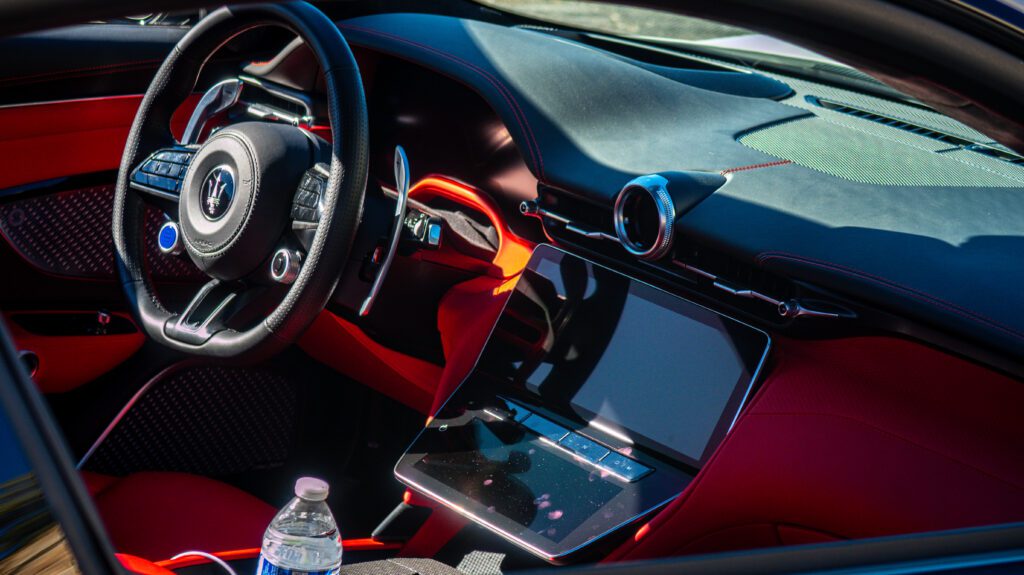
Turn the rotary drive mode dial on the steering wheel to Comfort or GT and leave the shocks in their base setting, and you’re off to a world of motoring nirvana, or as close as we can come in 2024. The Sonus sound system is a crystal-clear banger, and the ZF transmission slurs its shifts just enough to iron out the exchange in torque between gears without dampening its acceleration for on-ramps or between traffic lights. The Skyhook air suspension, coupled with the GranTurismo’s boat-like wheelbase, means expansion joints and potholes are rendered mostly negligible. The car’s sporty intentions mean it’s far from perfect, however, and the thin tire sidewalls can transmit some high-frequency impacts. But it’s never harsh, even in Sport. Dare I argue that this car is still everyday-livable in Corsa?
After half a day cannonballing from Malibu’s Marmalade Cafe to El Monte’s Fujiwara Tofu Cafe, the GranTurismo never let me down, not even in the slightest. Fuel economy was remarkable thanks to sky-high overdrive gears and cylinder deactivation. I frequently matched or beat the EPA figures, hitting anywhere between 27 to 29 mpg on the freeway. My 16.7 average came with some fairly aggressive canyon runs, but even that’s still admirable. The long wheelbase wasn’t too problematic when making U-turns and sharp right-handers once in downtown LA.
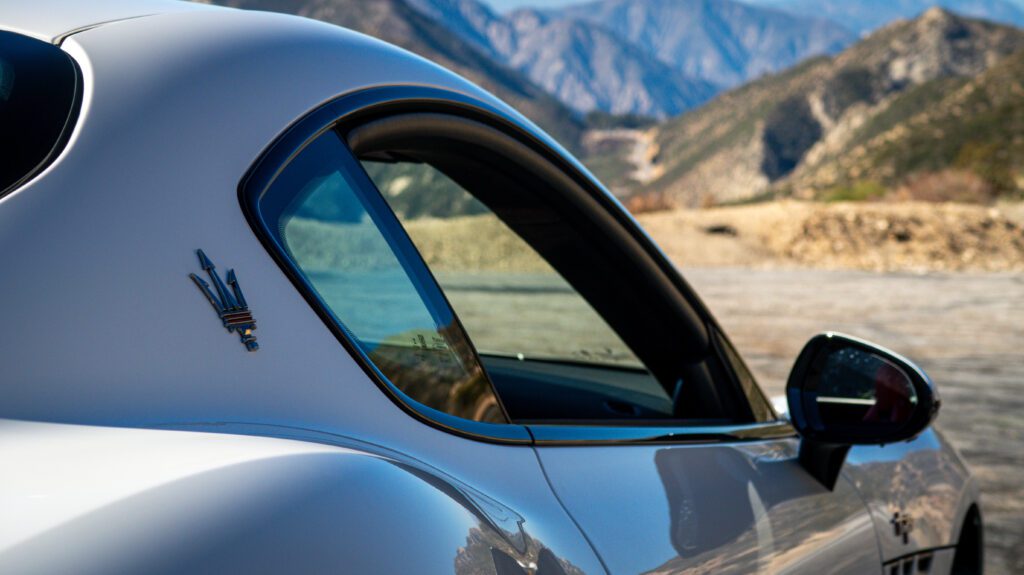
Perhaps my only gripes included camera resolutions that could be better, and larger cupholders would do nicely for the afternoon coffee runs rather than the ones that can barely fit water bottles. There were also some electrical gremlins with my tester, but I’ll save those for the end, as I refuse to believe the customer cars can be that frustrating. Oh, and the length can be a bit too much sometimes. And no, that is not what she said. That is what I said. Although the car drives smaller than it is, you’ll never forget it measures over 16 feet once in a garage or actually attempting to park in a space. Just ask the knick I left on one of the wheels.
Once again, I’m terribly sorry, Maserati.
If it’s any condolences, I will say that although this behemoth of a car drives quite a bit smaller out on the open highway or under the city lights, it absolutely shrinks once you let it loose for some exercise. Which you totally should in this thing.
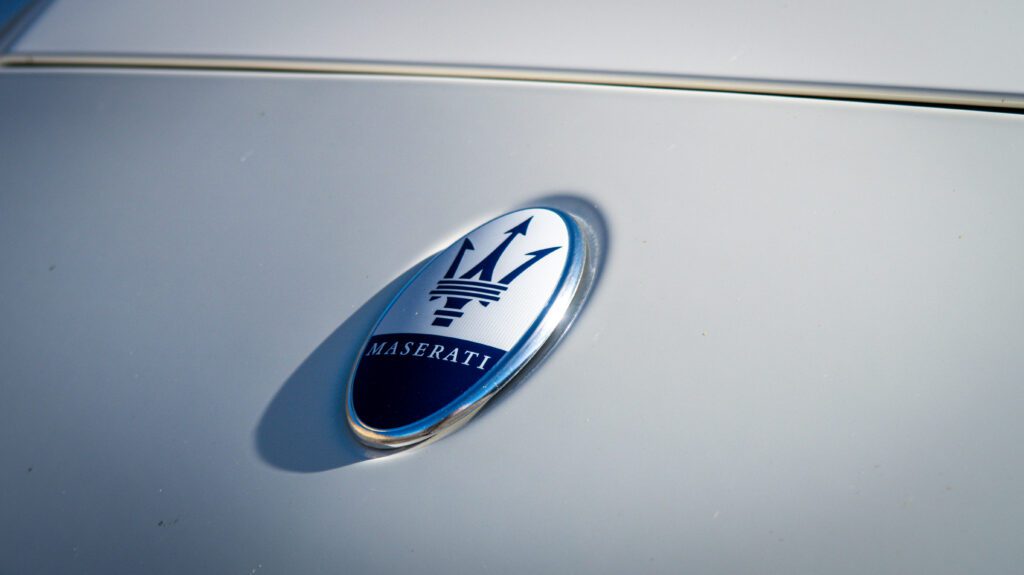
Now an obese BRZ?
Yes. It’s an obese BRZ. A double-thicc FR-S, if you will. A heavy Hachi-Roku, if I must. And I don’t say that as complete hyperbole. Only a little. I knew the GranTurismo would shine cruising down the California coastline. What I didn’t expect was how it annihilates the canyons high above. From the sweepers and switchbacks cascading the hills near Malibu and later onto the Angeles Forest, this (presumably) two-ton hunk of sculpted metal and cowhide never missed a beat.
Leave the dampers in Comfort, Sport, or Corsa. Doesn’t matter. The chassis never gets upset. Leave the drive mode in Sport or turn the wick up to the Trofeo-exclusive Corsa mode if you feel like tangling with deactivated safety nannies. The car still doesn’t care. The car will ensure you’re having a blast. A flick of the drive mode dial, and the GranTurismo clears its throat for a more baritone growl out its four tailpipes, snarling and blatting on rapid-fire upshifts. They’re not PDK quick but don’t expect it from this platform. It’s quick enough. In Auto mode, this raucous ‘Rati is smart enough to choose the right gear 99% of the time. But the real treat is Manual mode, where the oh-so-satisfying metal paddles go from centerpieces on your steering column to playthings with long throws and a satisfyingly tactile click-clack.
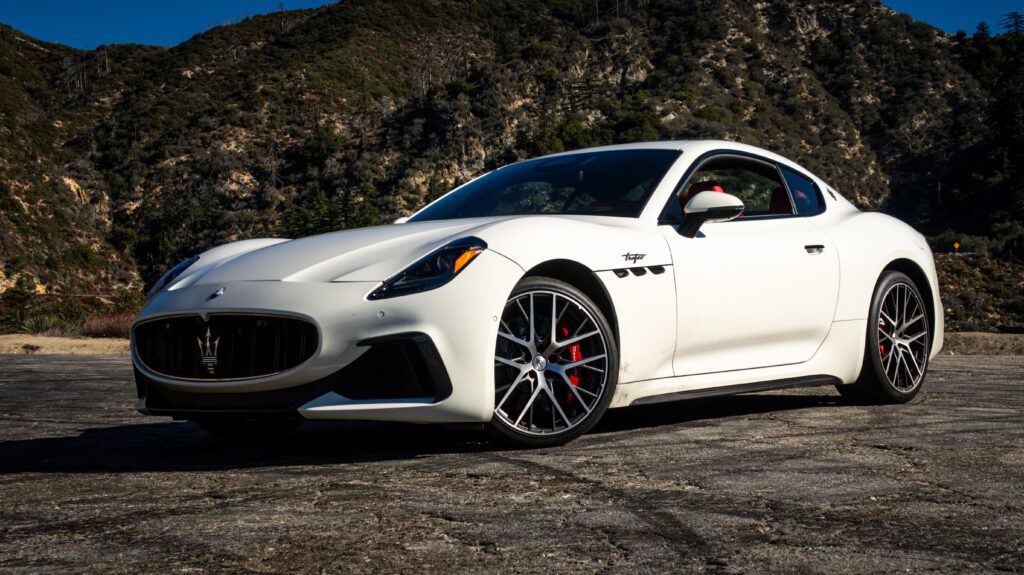
The all-wheel-drive system mostly acts with a 30/70 rear bias, deceiving even me into forgetting it’s all-wheel drive at all. Even in the tightest of slow-speed bends like the hairpins of Decker Canyon and Yerba Buena en route to Point Mugu, the actions of the front wheels are mostly invisible. Get a little snarky, and you can even get the ass end to wriggle just a wee bit. The GranTurismo can and will play if prodded hard enough.
The 3.0-liter Nettuno V6, first debuting in the MC20 and making headlines with its trick, F1-derived prechamber ignition, feels every bit of its 542 horsepower. I wouldn’t be surprised if Maserati’s 3.5-second 0-to-60 claim was sandbagged harder than any German car. And despite sporting forced induction, it builds power gradually enough to fool some purists, clamoring for every opportunity to slam into its 6,500 redline. Or I think it’s 7,000. The different shades of red near the end of the tach sort of mesh together. Torque peaks at 3,000 rpm, and power peaks at 6,500 rpm, so just wring it out and let the Nettuno sing its little song to its heart’s content, even if it’s a bit muted. Nothing companies like Akrapovic or Novitec can’t fix.
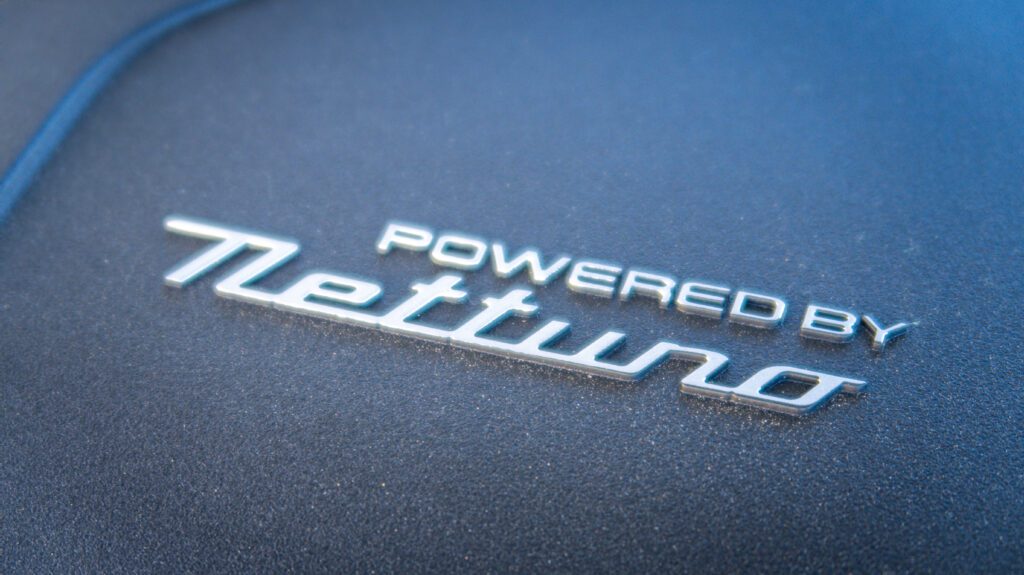
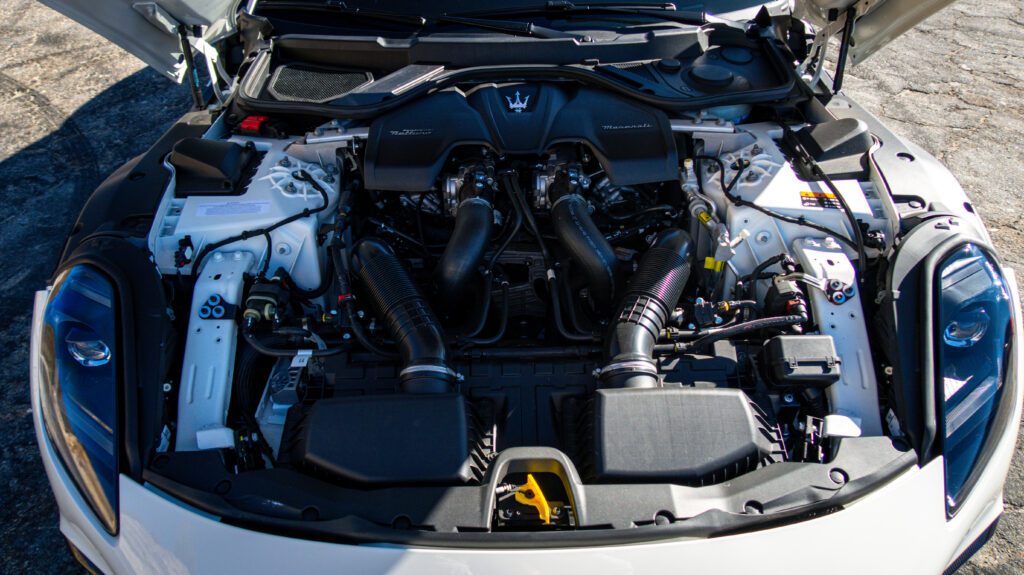

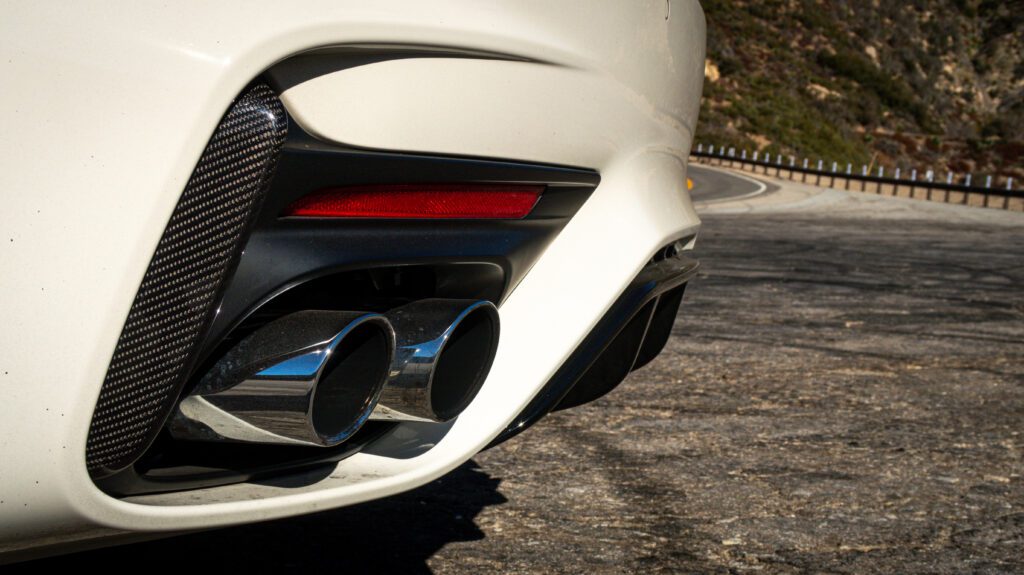
Steering is sharp and well-weighted, never requiring you to cross arms in the Malibu canyons and doing a decent job at conveying road imperfections or changes in grip. I won’t call it as good as sports cars of old, but it’s as good as some of the absolute best EPAS systems today and has a clear tie to its distant Ferrari cousins. And try as those potholes may, the GranTurismo is unflappable. Left to right to left to right, the GranTurismo turns in with eagerness and spirit, takes a set, and holds its line beautifully, no matter the road, and without a hint of understeer. After rocketing down the straights and leaning onto the resilient, easy-to-modulate steel brakes, you can let the Trofeo cling onto a single pivot and whip itself around a bend.
Props to the Skyhook adaptive air suspension. Props to Goodyear Eagle F1s that measure 265-mm wide up front and 295 out back. Props to the Nettuno being pushed deep behind the front axle. And before you start hypothesizing as to what else could lend to the GranTurismo’s agility, the answer is no. This does not have rear-wheel steering. It’s just that agile. Yeah, I’m as surprised as you are.

Impressive for such a massive luxury coupe, isn’t it? Almost reminds me of a pair of sub-3,000-pound Japanese twins. Almost. Okay, not really. The luxury car half of Maserati might never let this be a true sports car. Too insulated. Too big. It could transmit even more feedback and sing with more confidence in its voice. Am I being harsh? Or am I simply remembering that Aston Vantages and Porsche 911s also occupy this realm? But the GranTurismo is a great everyman, even for sporty driving. It’s better than anything I could’ve ever expected merely seeing it parked at the Malibu Country Mart, where rainbow-colored Huracan Technicas and AMG G-Wagons dwarf its road presence.
| What’s not? | – Needs more l o u d from the exhaust – Rivals some boats in length – All-touchscreen center stack may not resonate with some drivers – Can never be a true sports car when it’s still a luxury tourer – Painful price tag encroaches on entry-level supercar territory – Hiccups with electronics range from “whatever” to “what the hell” |
[Button id=”419″]
Long live Italian automakers
And now here I come, back to the coastal sunset where I started this discussion. As I let the car tick cool by the water at Point Mugu, the sun beaming off the chrome Trident after driving half of my planned grand tour by this point, I had already realized what this car was all about. A night spent racing beneath downtown’s lights and over the LA River towards a certain anime-themed dessert shop, the last possible setting you’d expect to see one of these, rendered my beliefs unshakable.
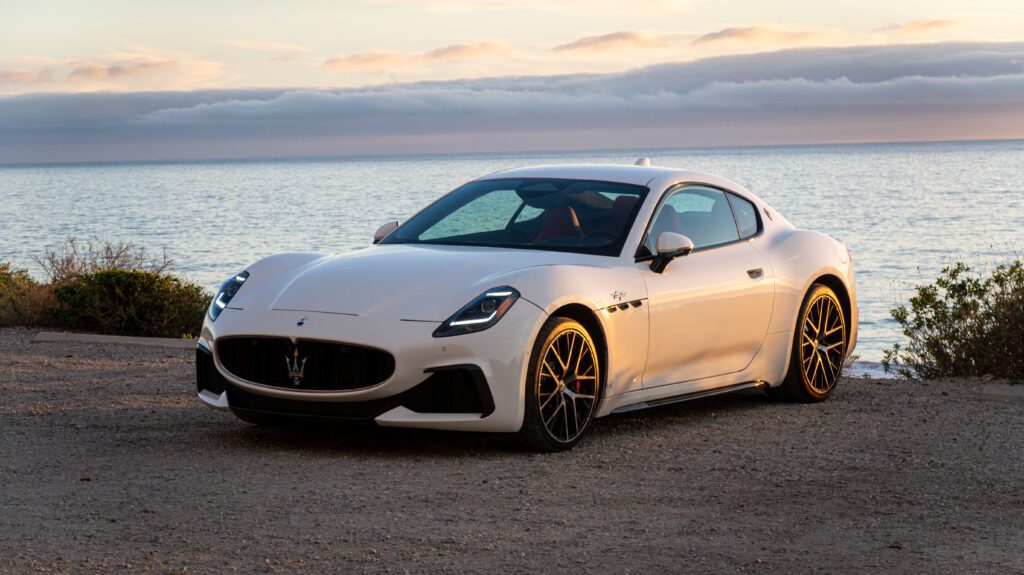
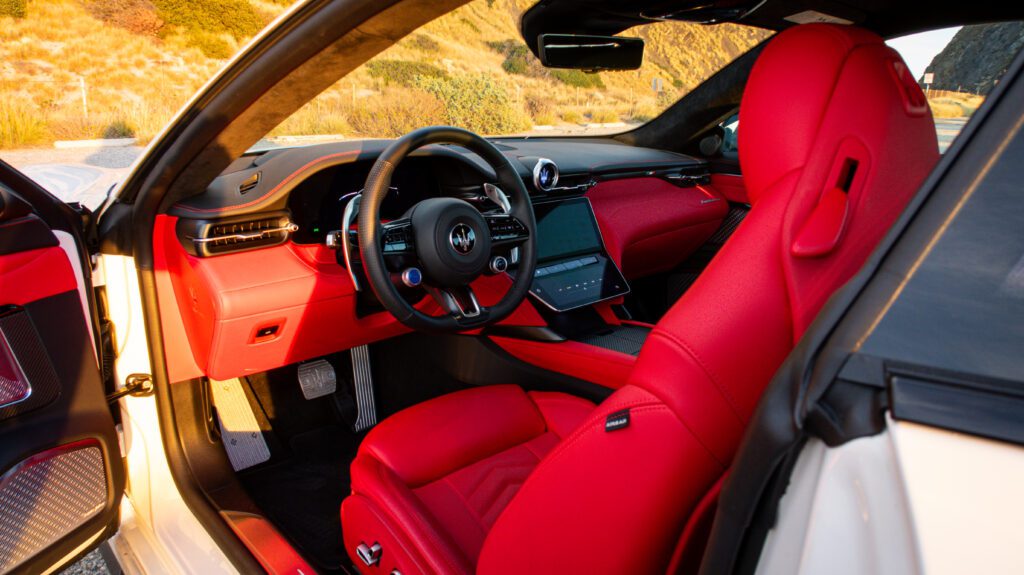

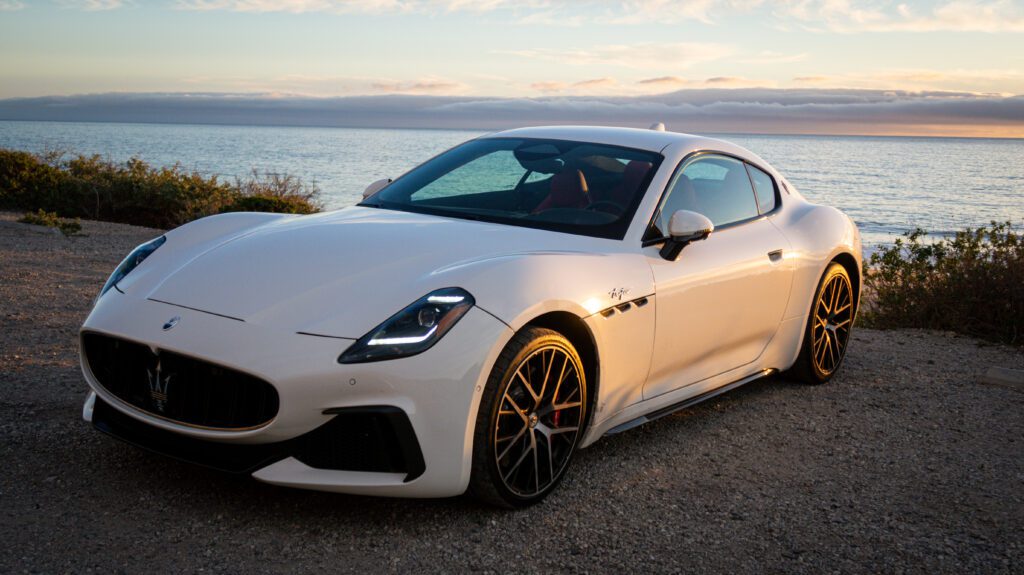
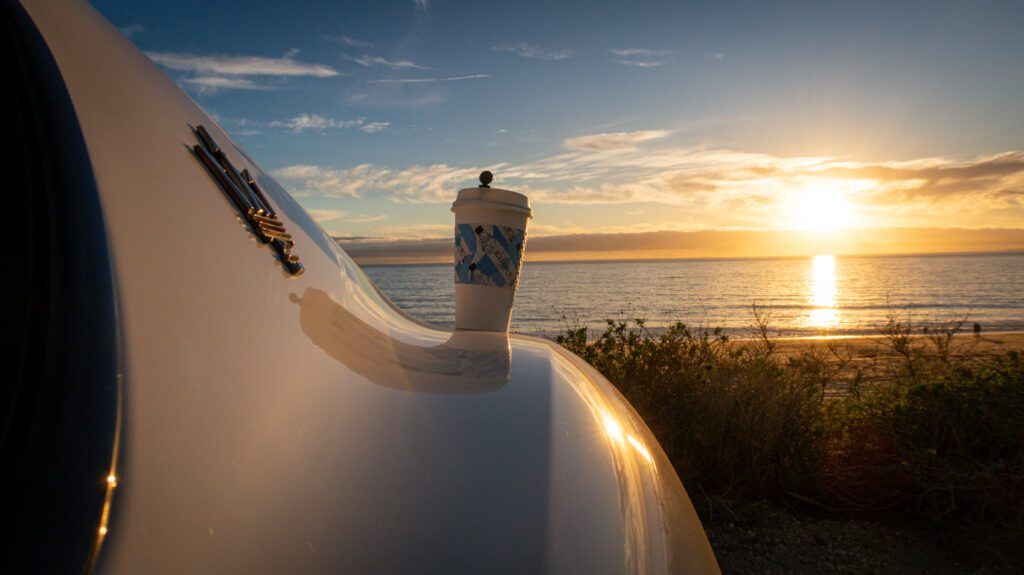
I can see certain traditionalists not getting to grips with the digital dash or all-touchscreen center stack, no matter how logically arranged or responsive it is. And in traditional Italian fashion, the electronics were… temperamental. Try TPMS sensors or lane centering that intermittently stops working or a key fob that apparently dies after 3,000 miles, leaving you unable to lock the car and then stranding you atop a mountain when you manually lock it. Just Italian things. Things I can only hope are mere duds in my test car that don’t make it into the production customer vehicles.
But all can be (sort of) forgiven when a car is this damn lovable. To hell with its size and weight, for it wears it well. To hell with its rivals, for they lack this car’s charisma.
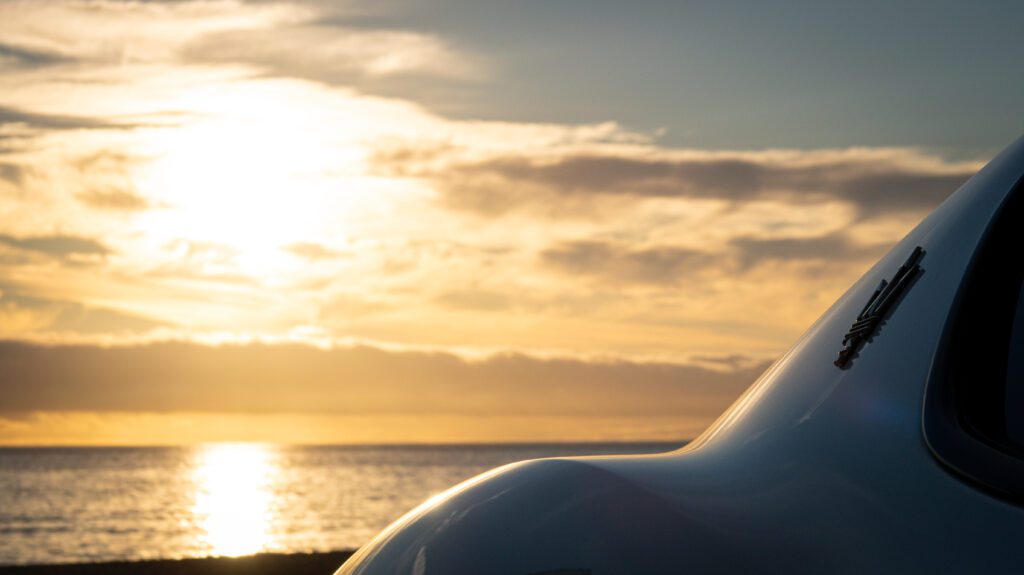
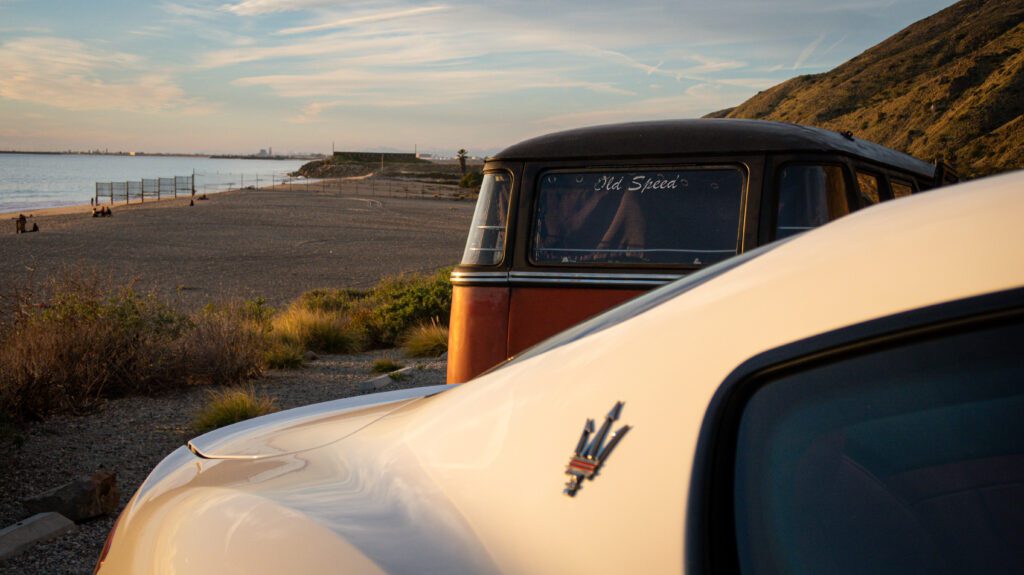
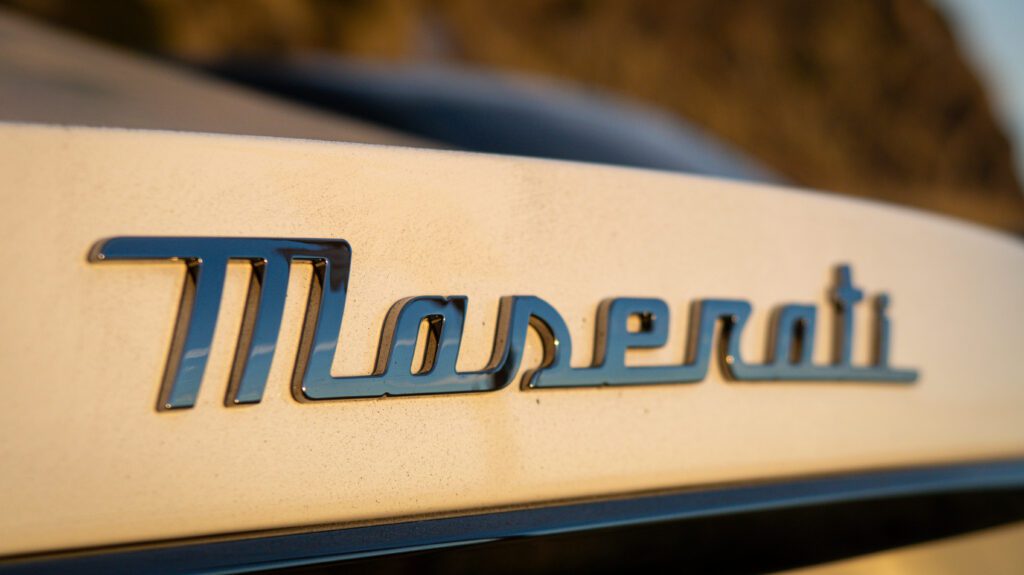
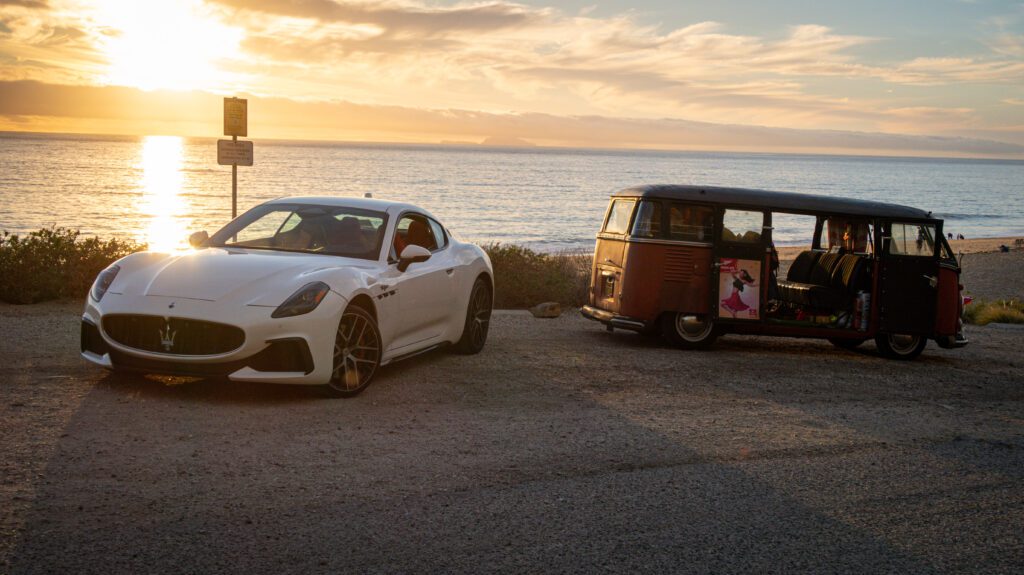
What we should think when graced with the new GranTurismo is a proper hats off to Maserati engineers for not sullying this fan favorite. It may not be the fastest, most hardcore thing in its price range, nor is it the most prestigious in its class or even just reliable as a car. But it plays the role of a Jack of All Trades performance car remarkably well, eager to put a smile on your face on your favorite asphalt ribbons or traverse a thousand miles of interstate at your command, and it does so in that undeniably lovable way only the Italians know how to pull off.
Poor man’s Ferrari, they say? Hell yeah. Long live Maserati. Long live Italian automakers. Viva L’Italia!


